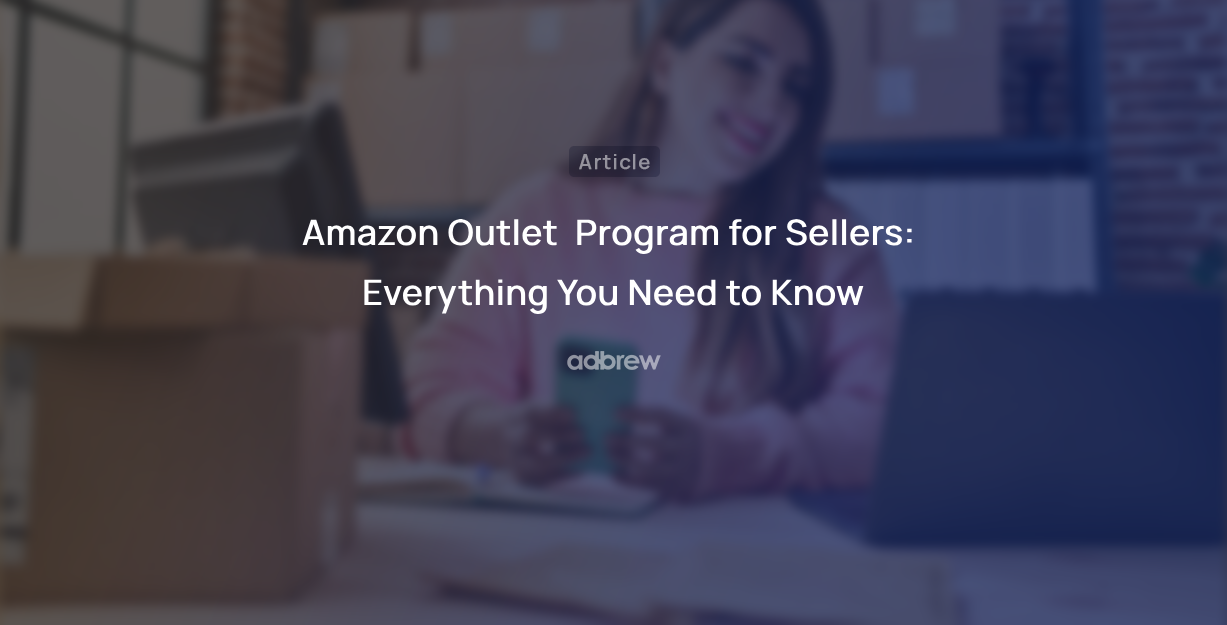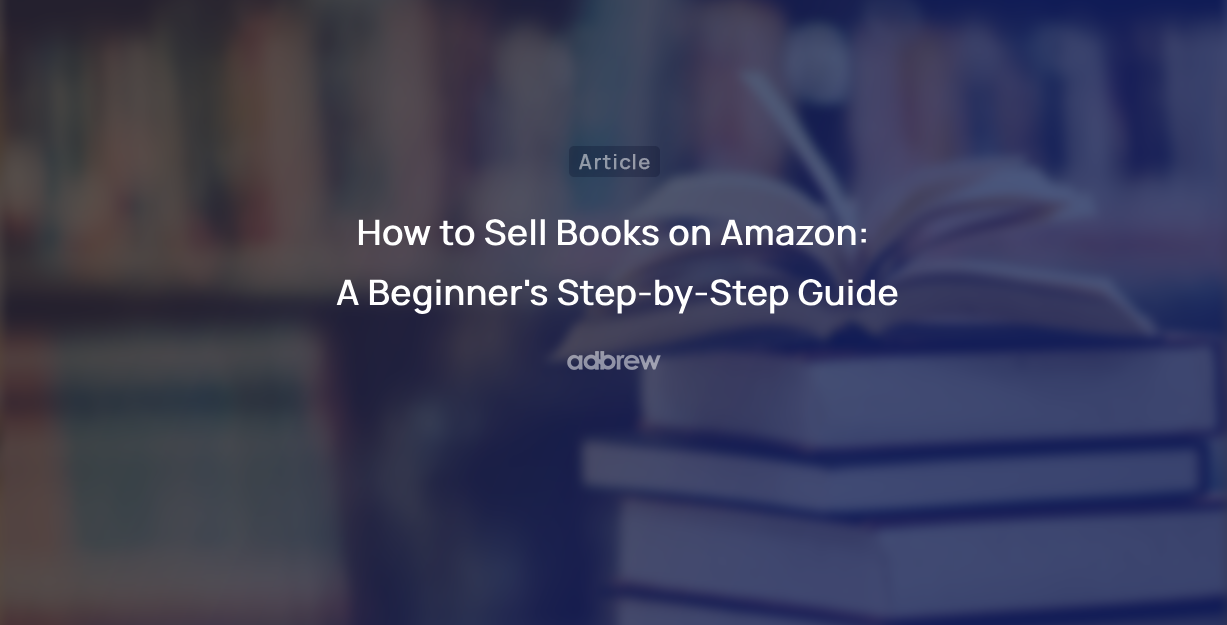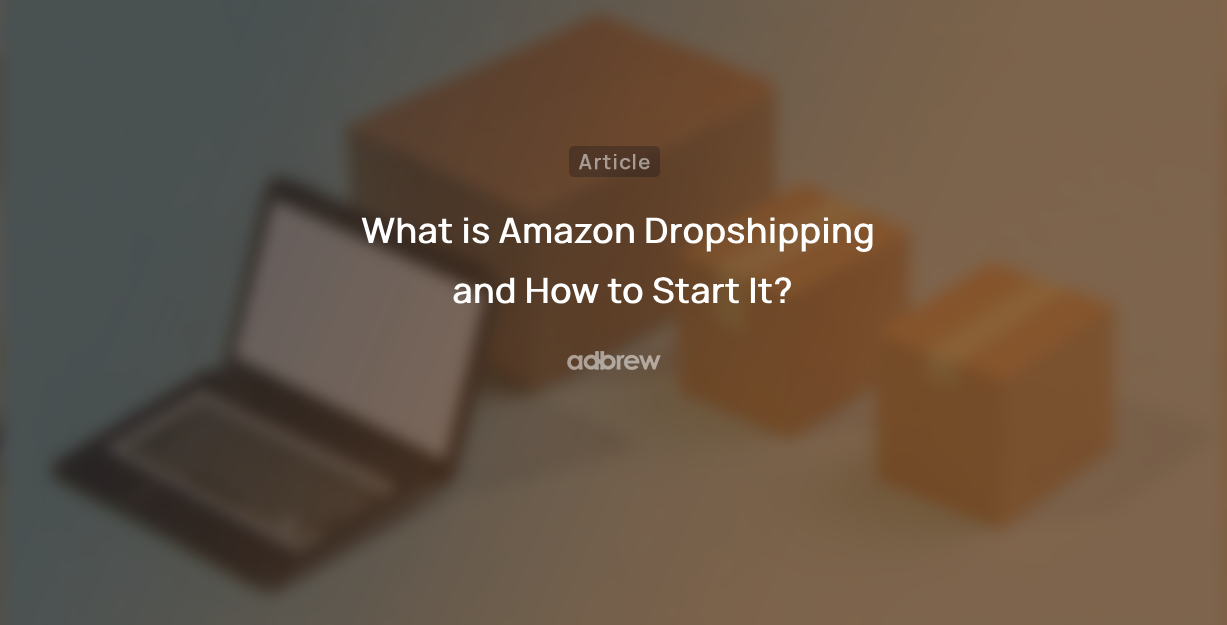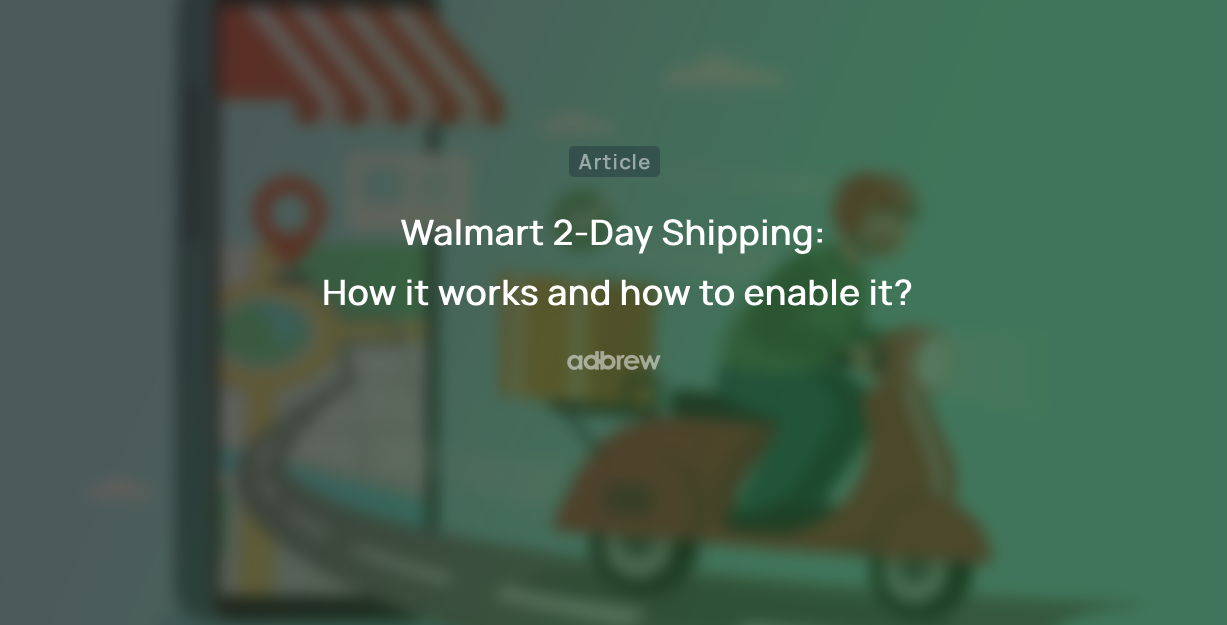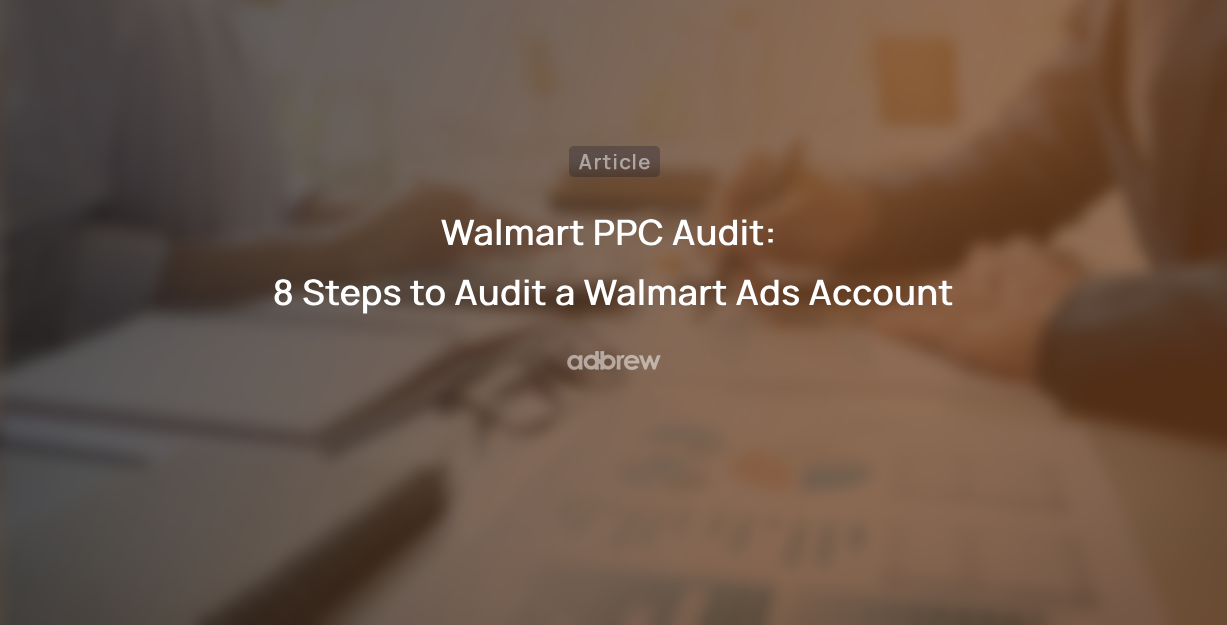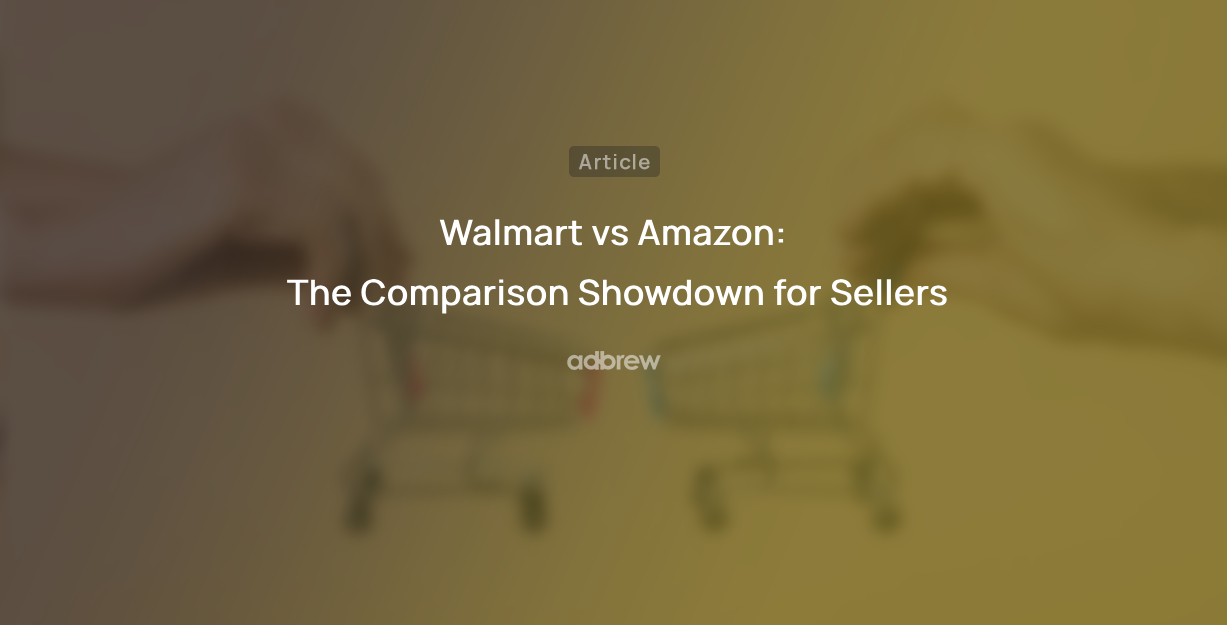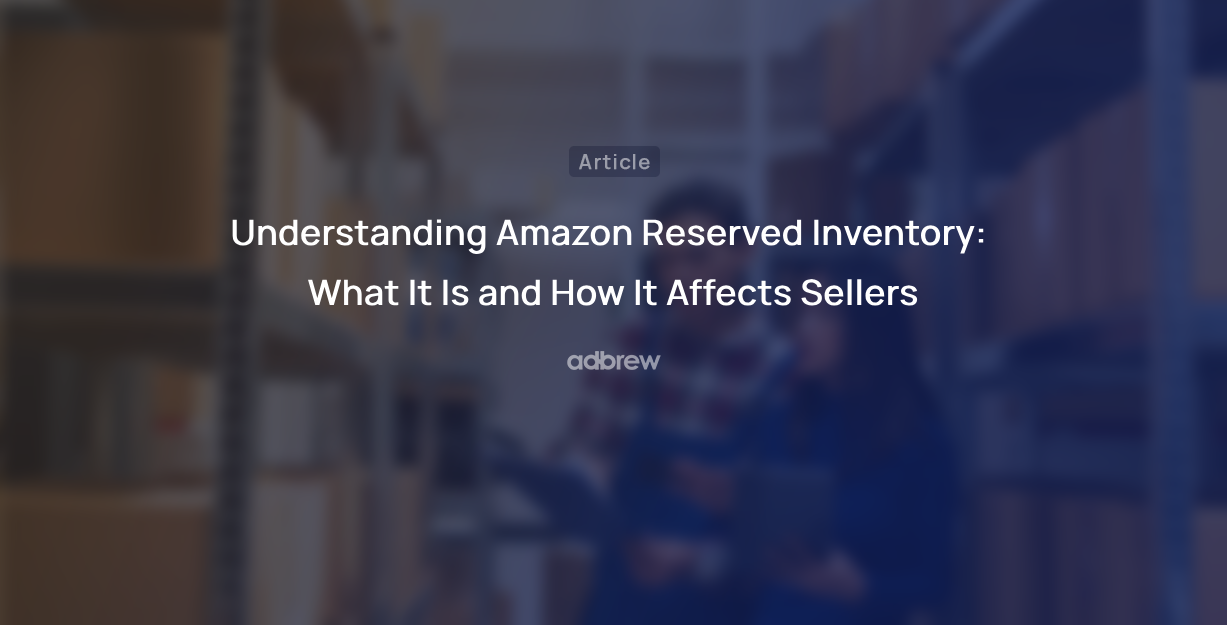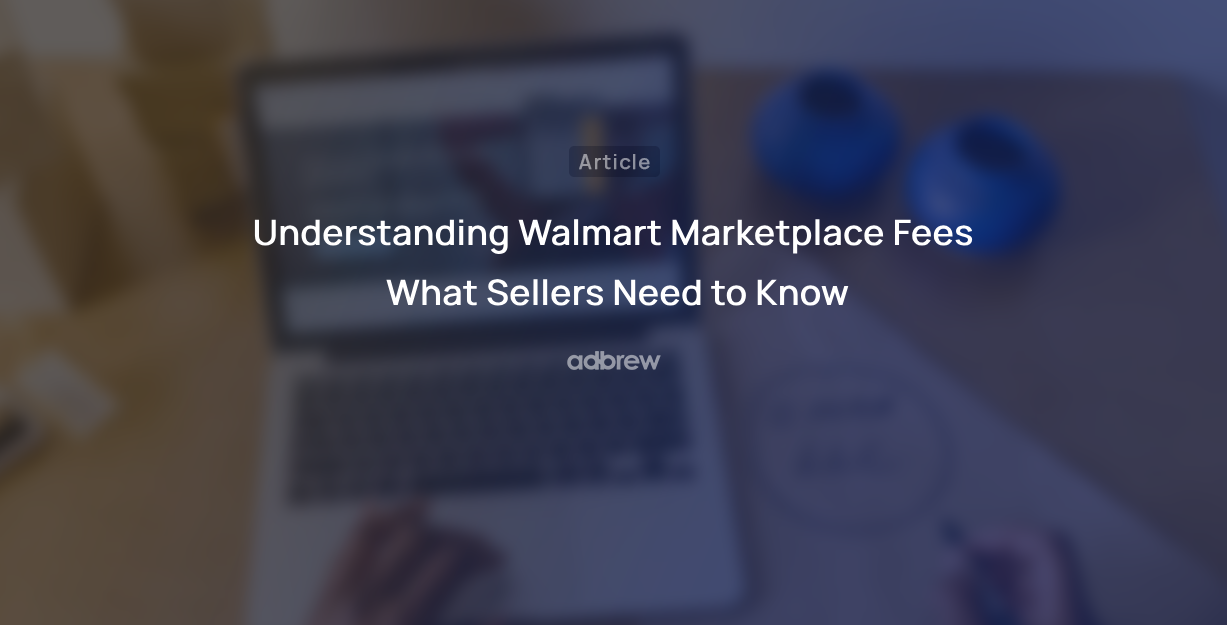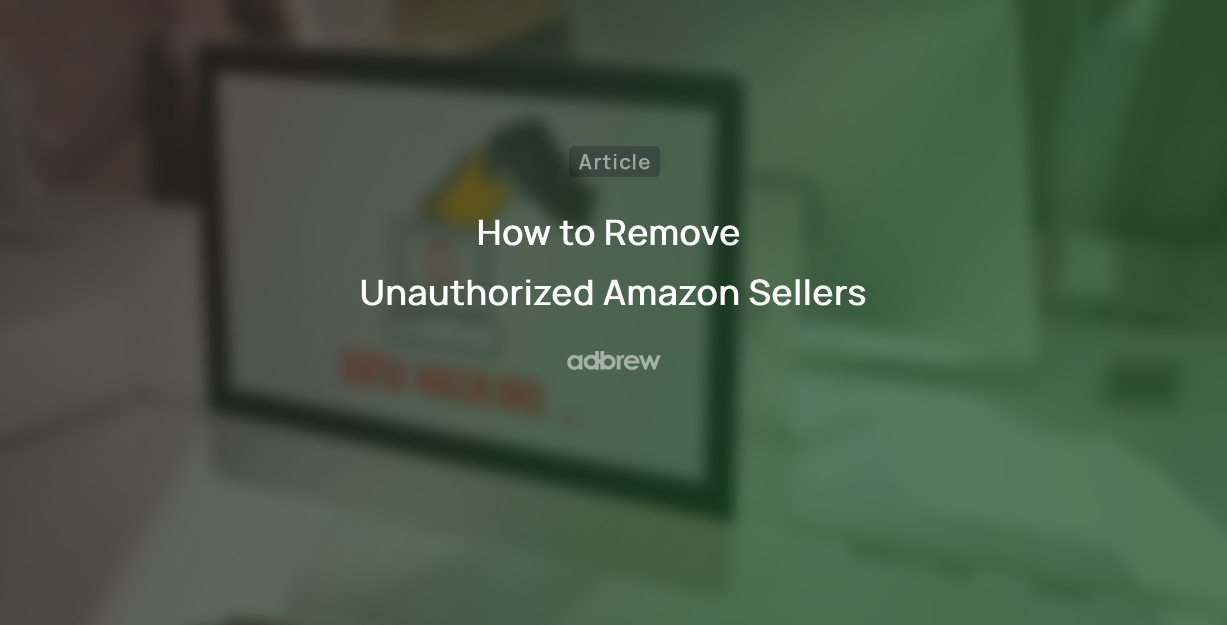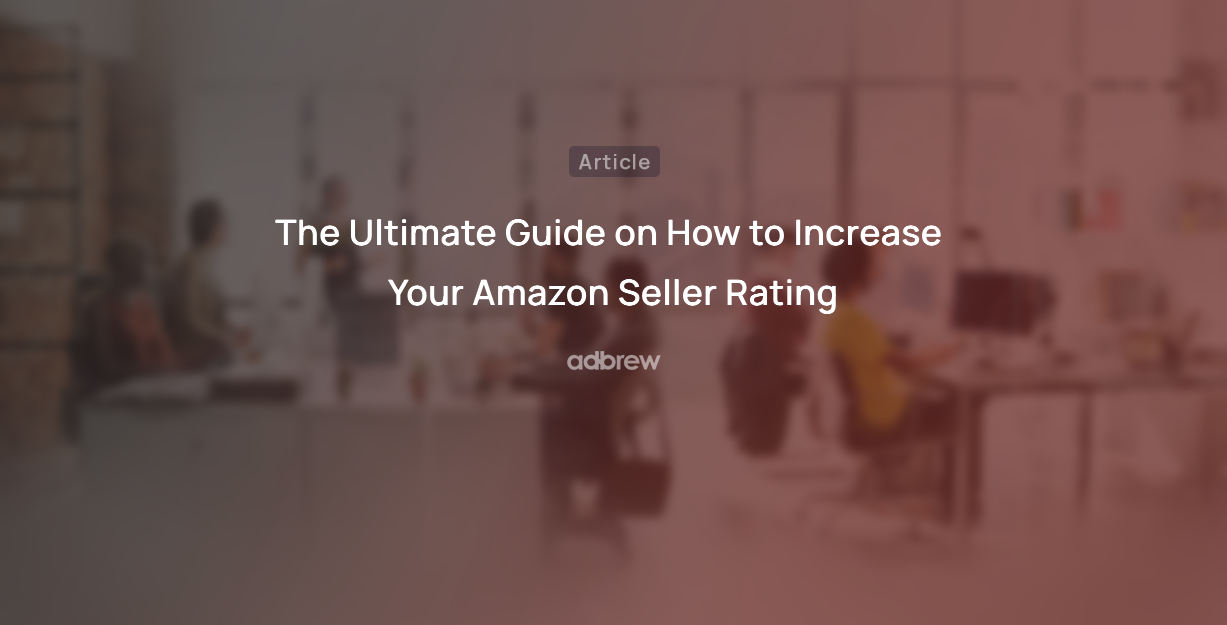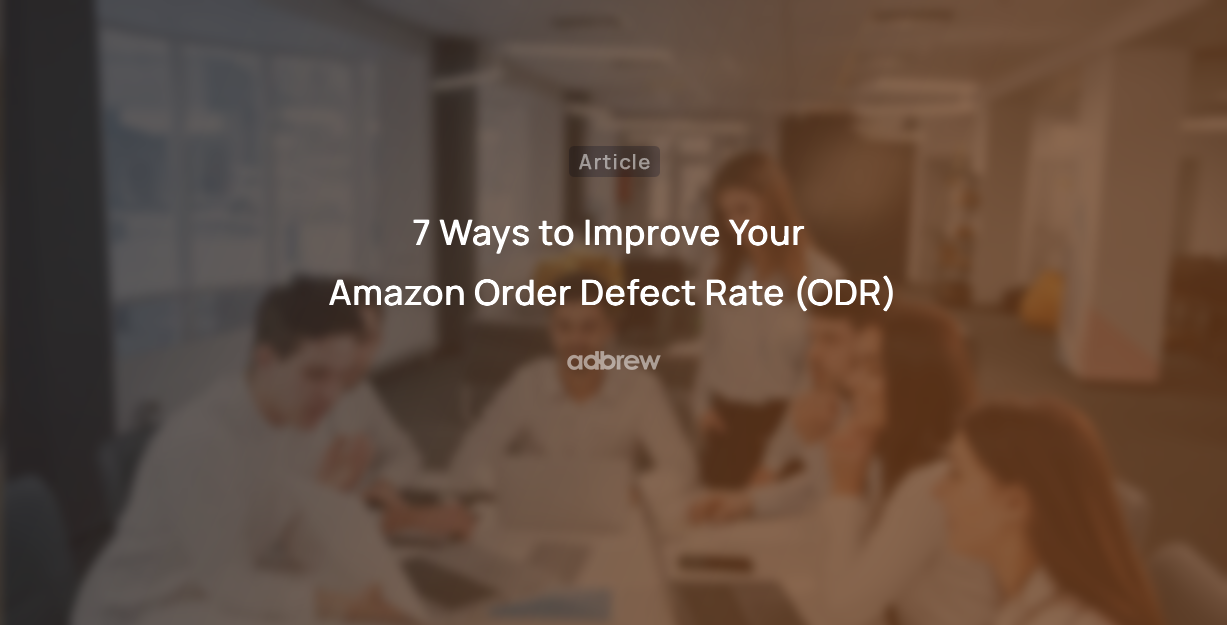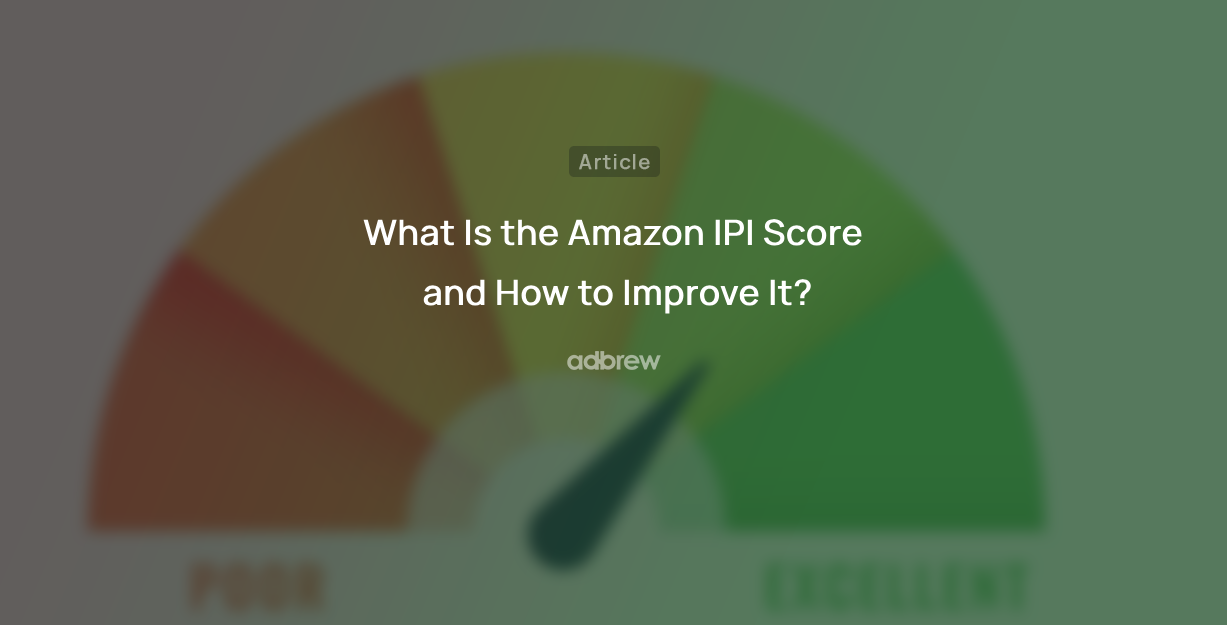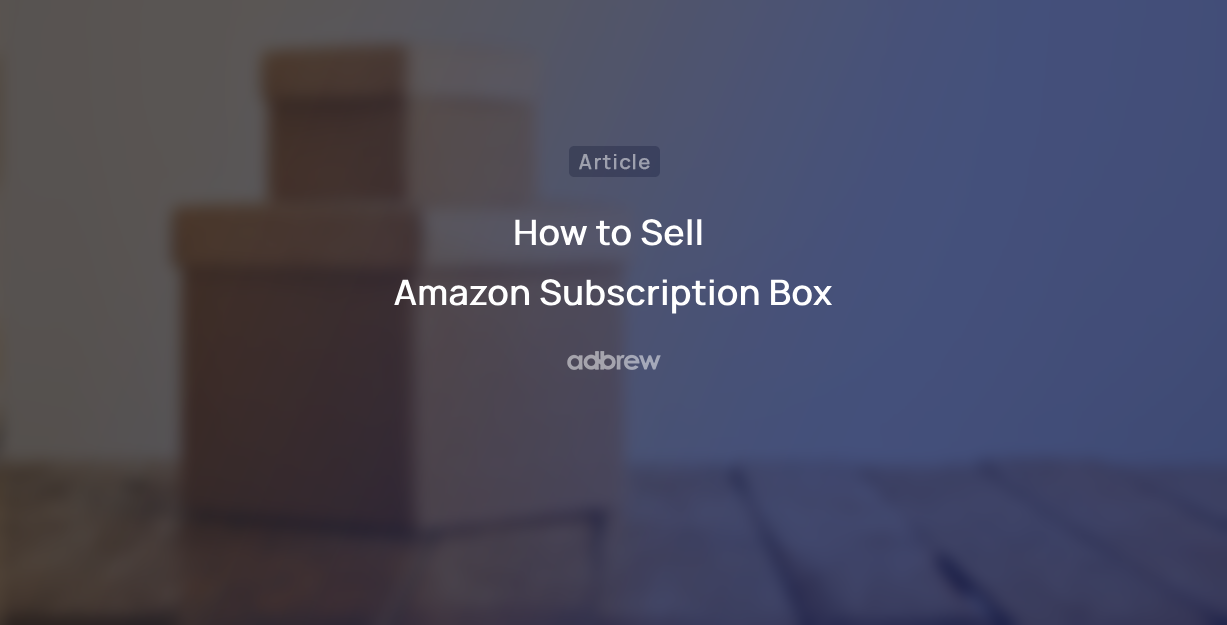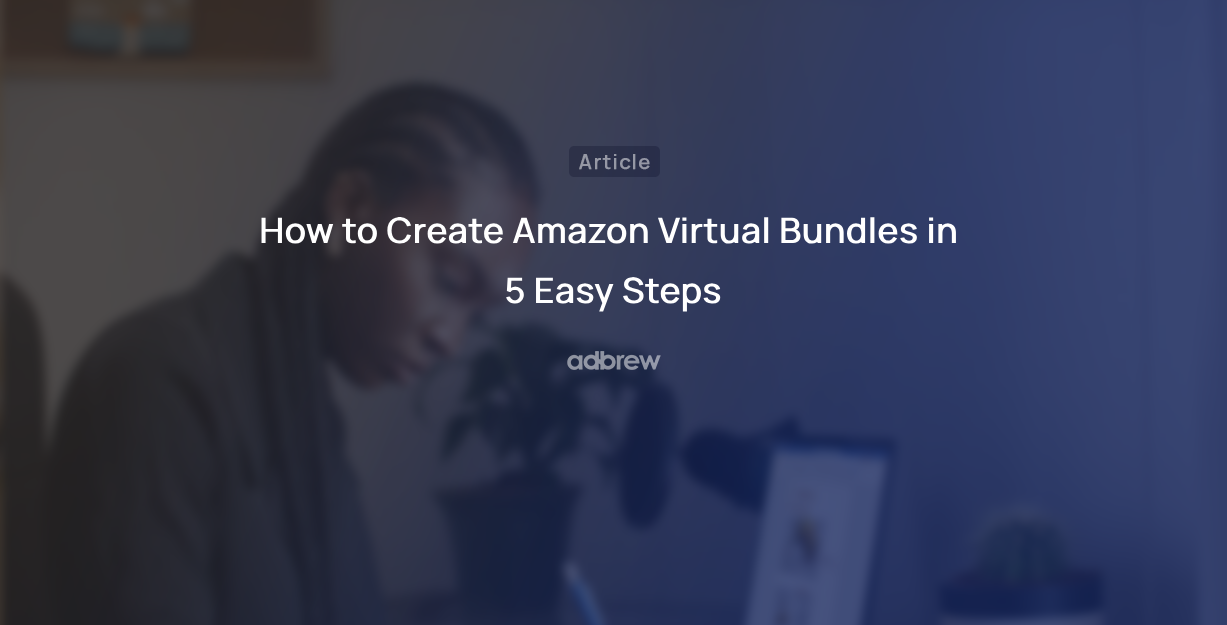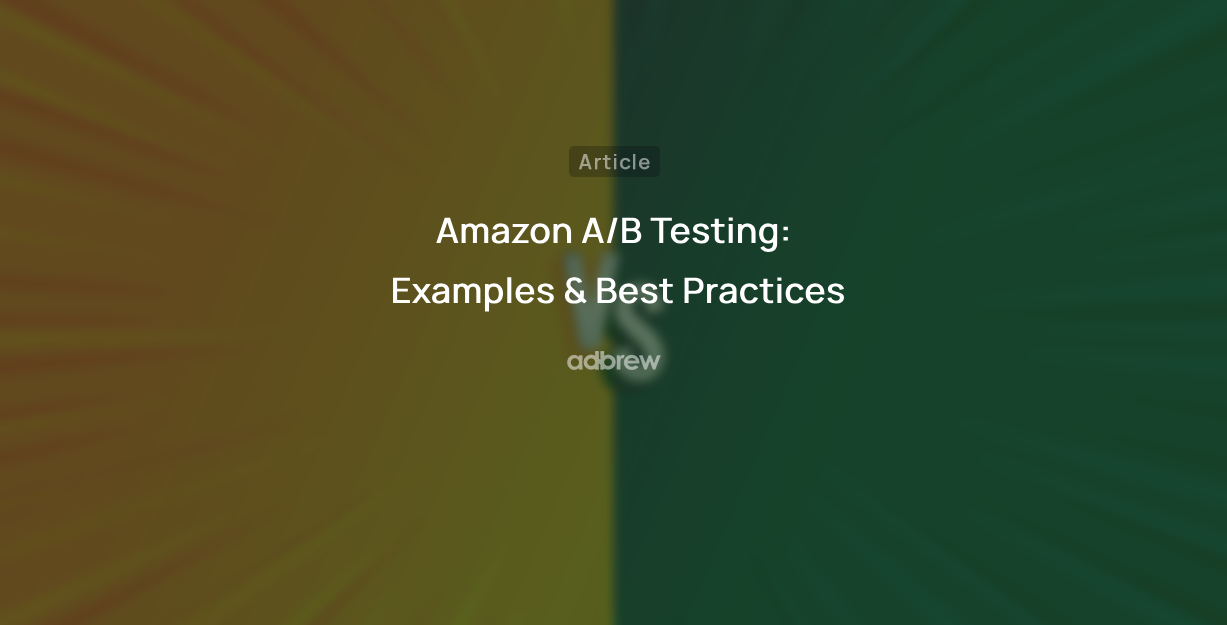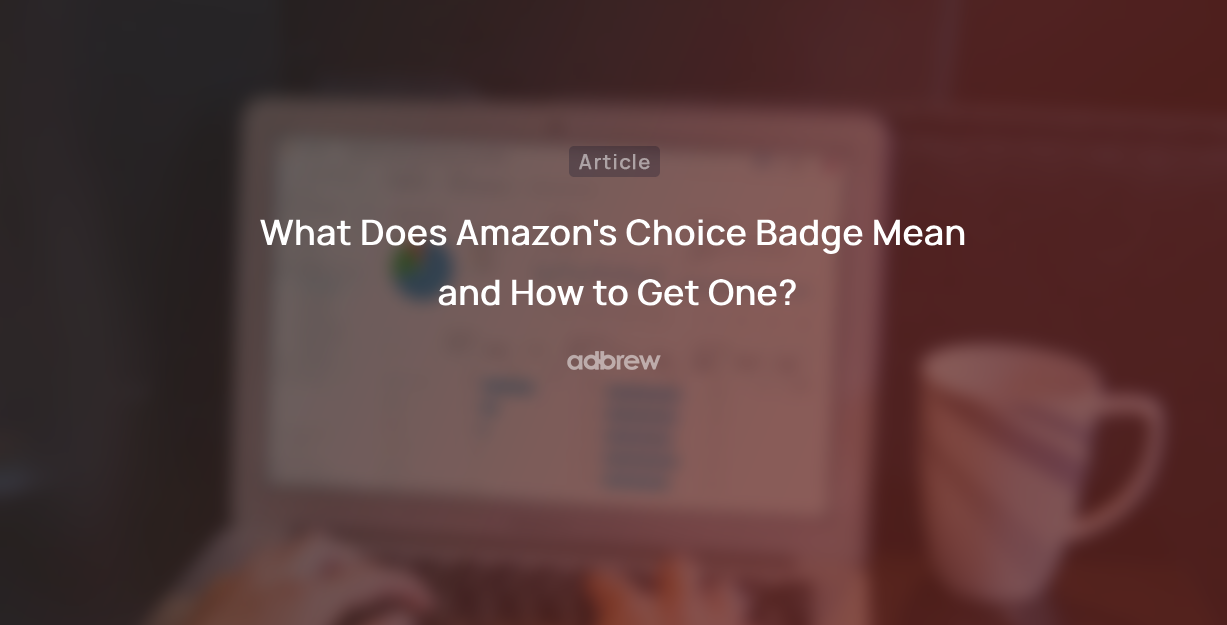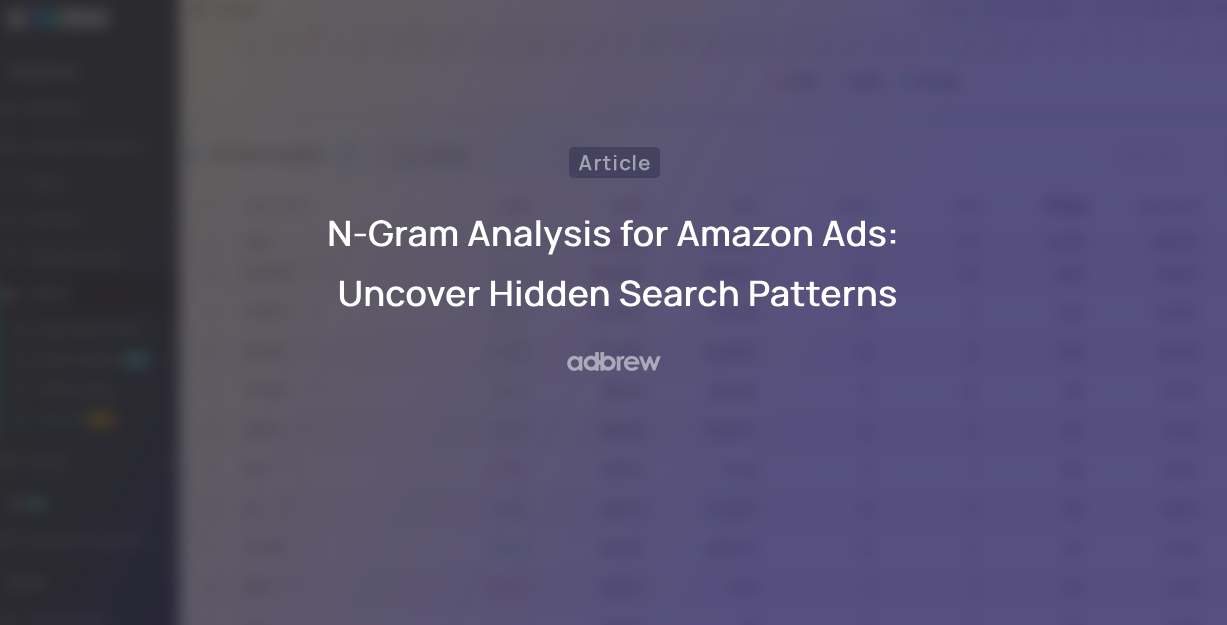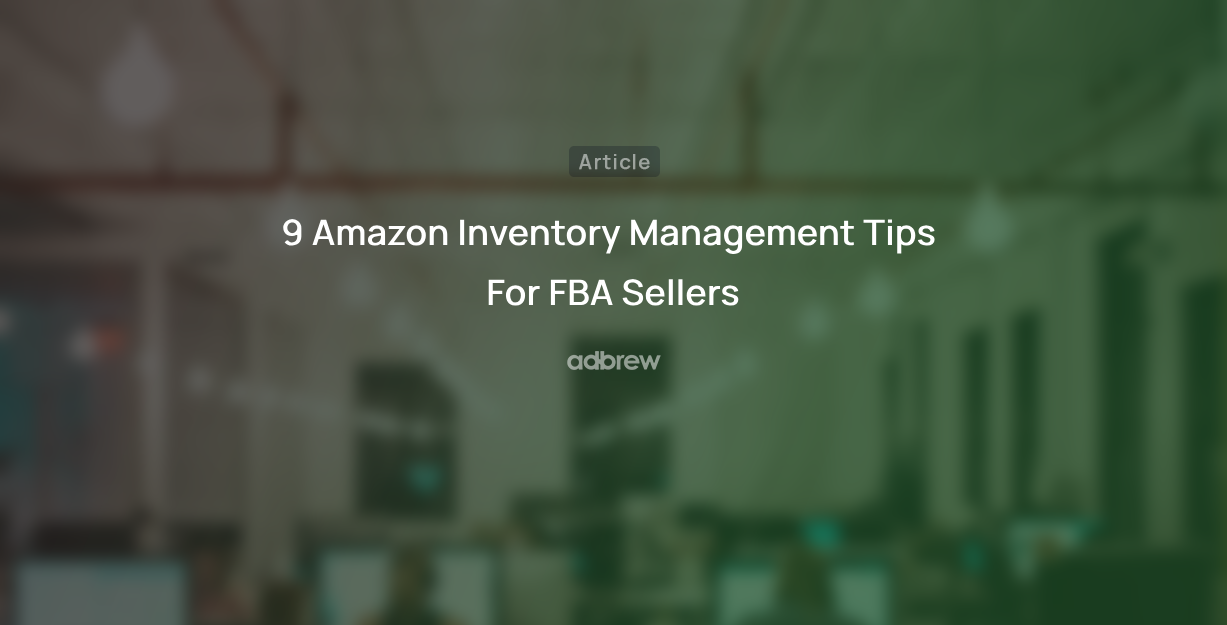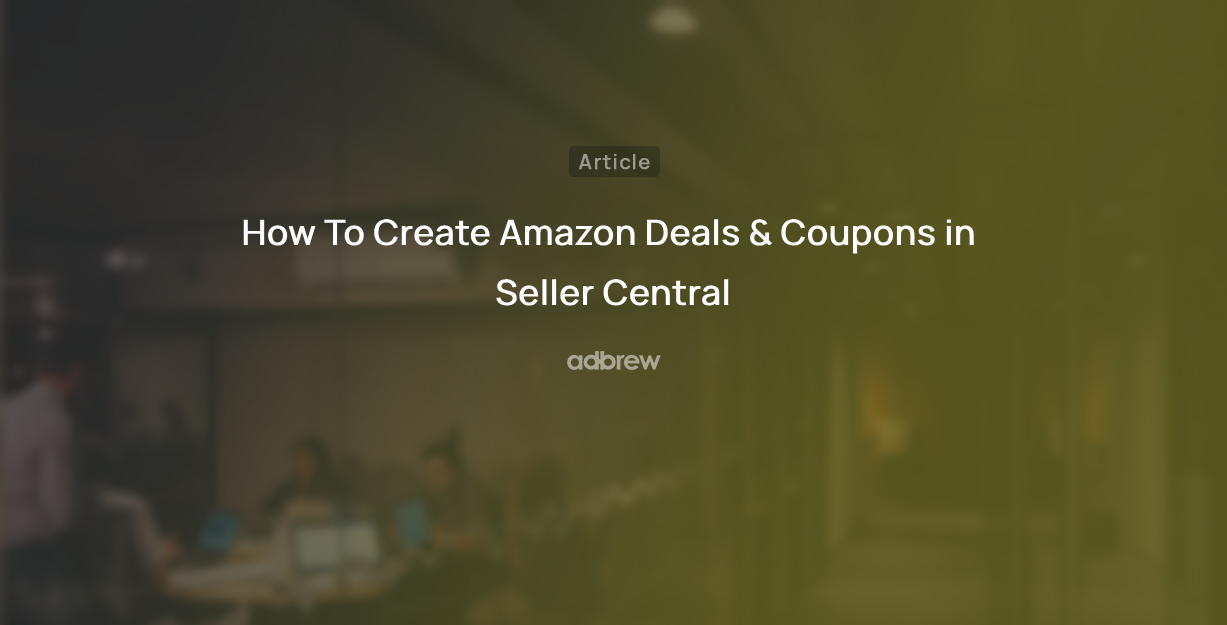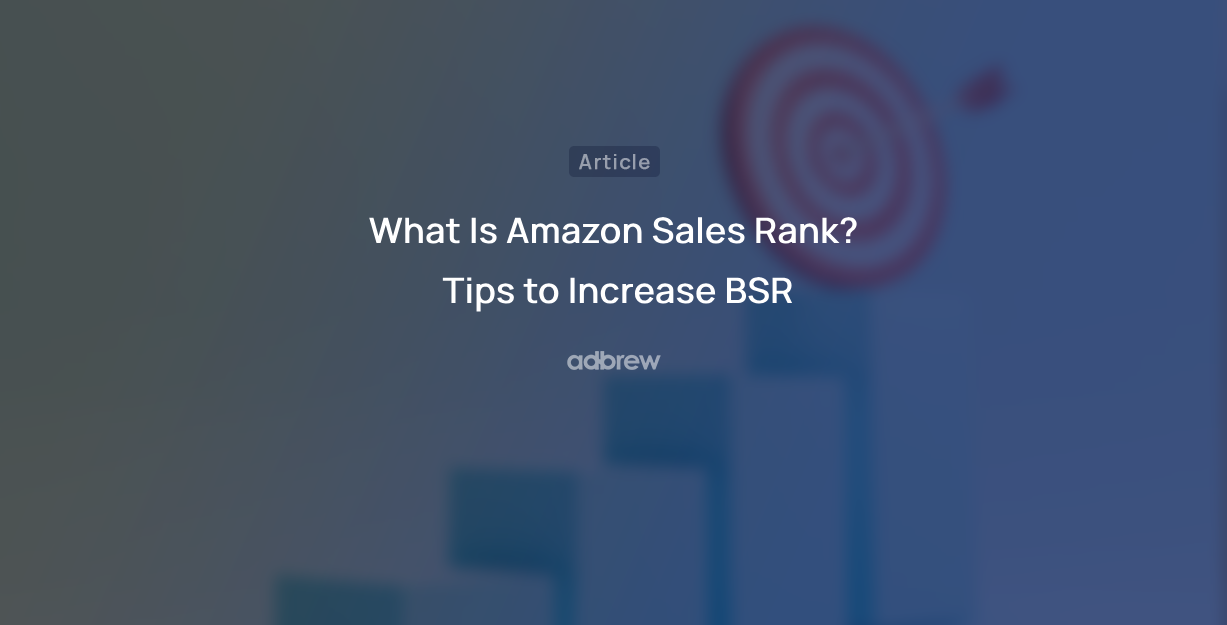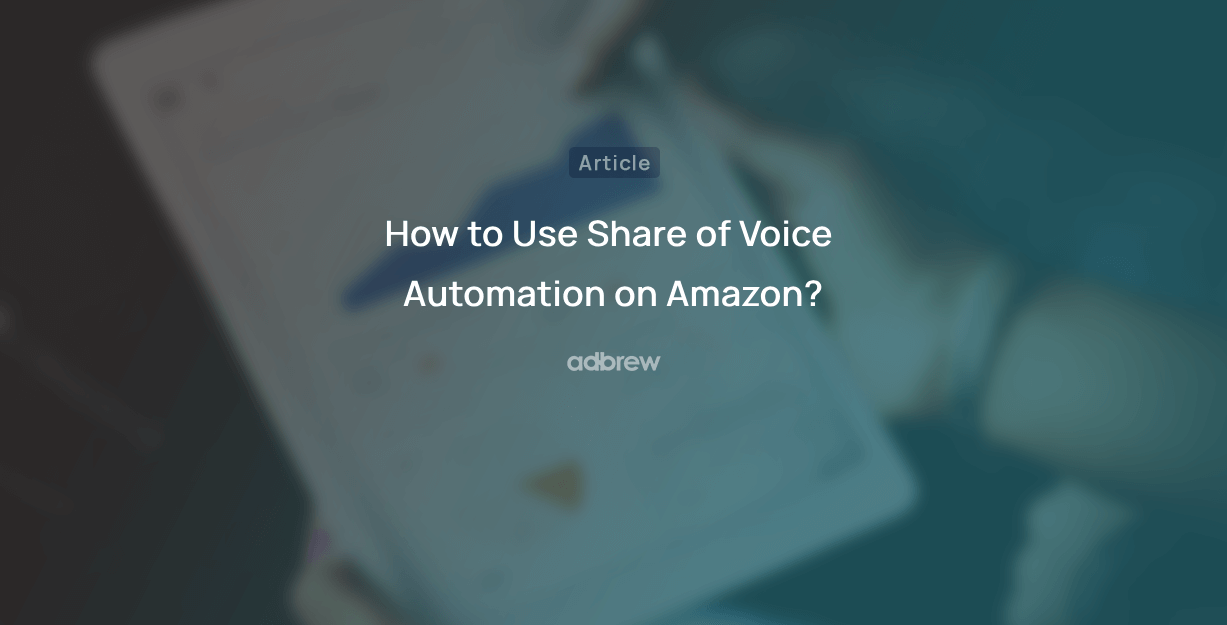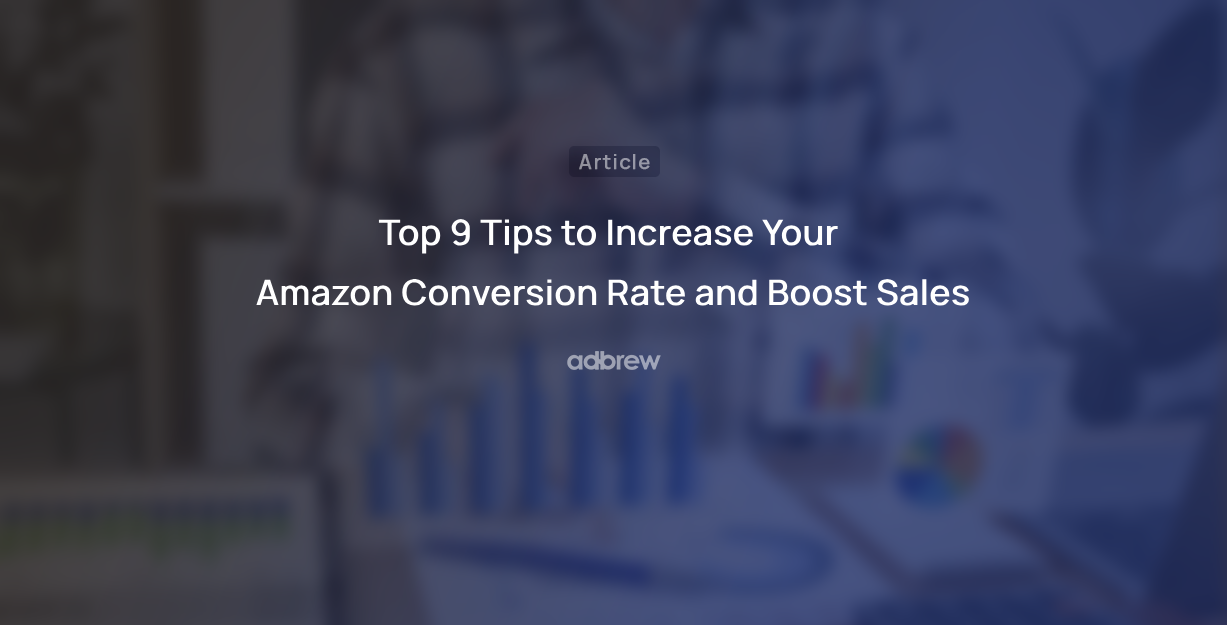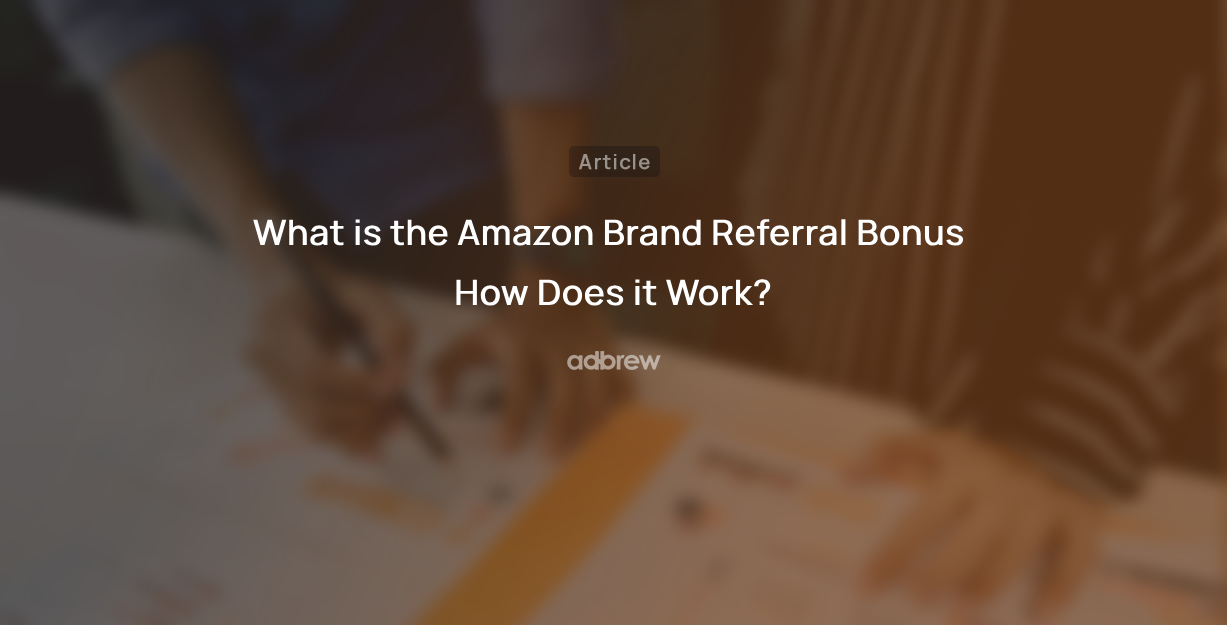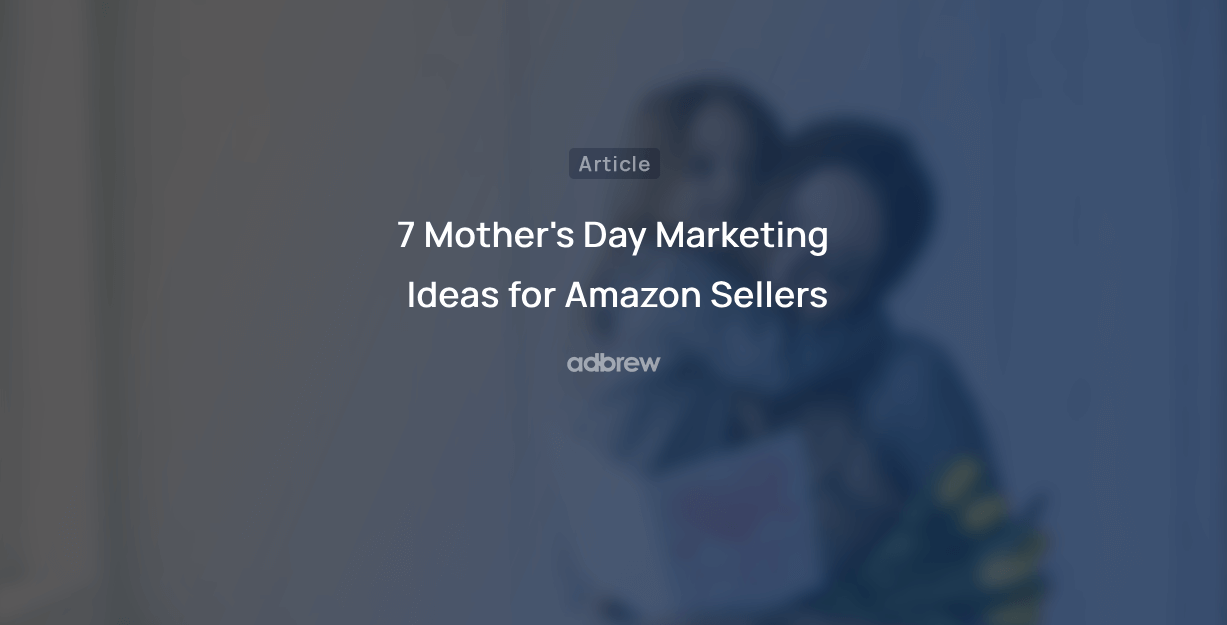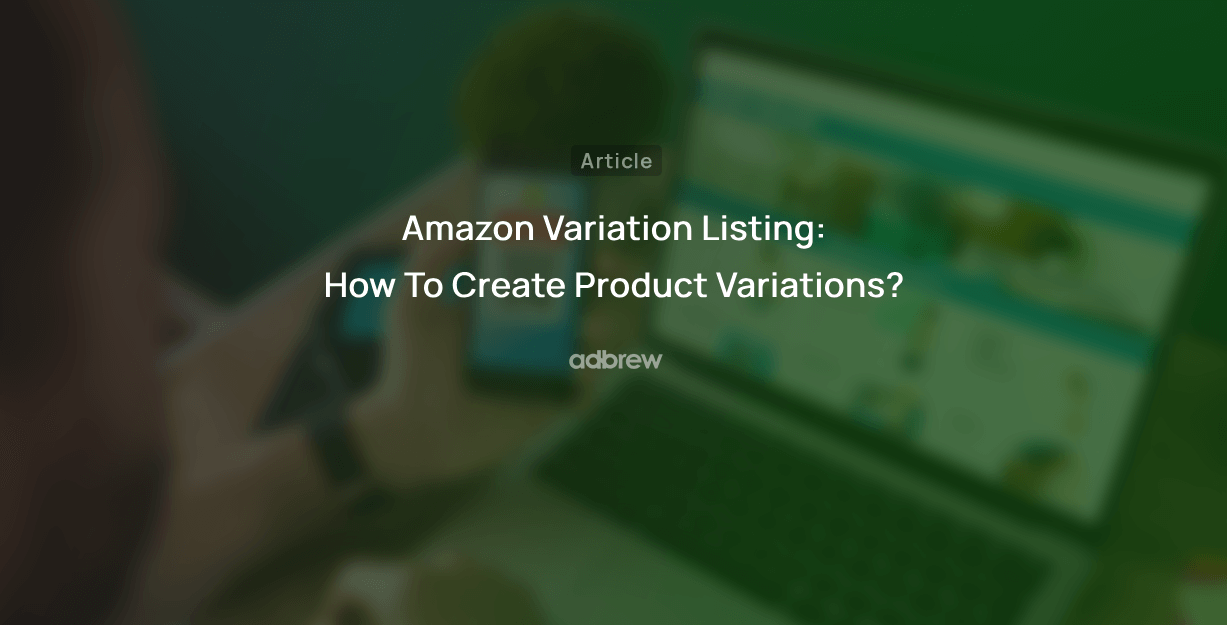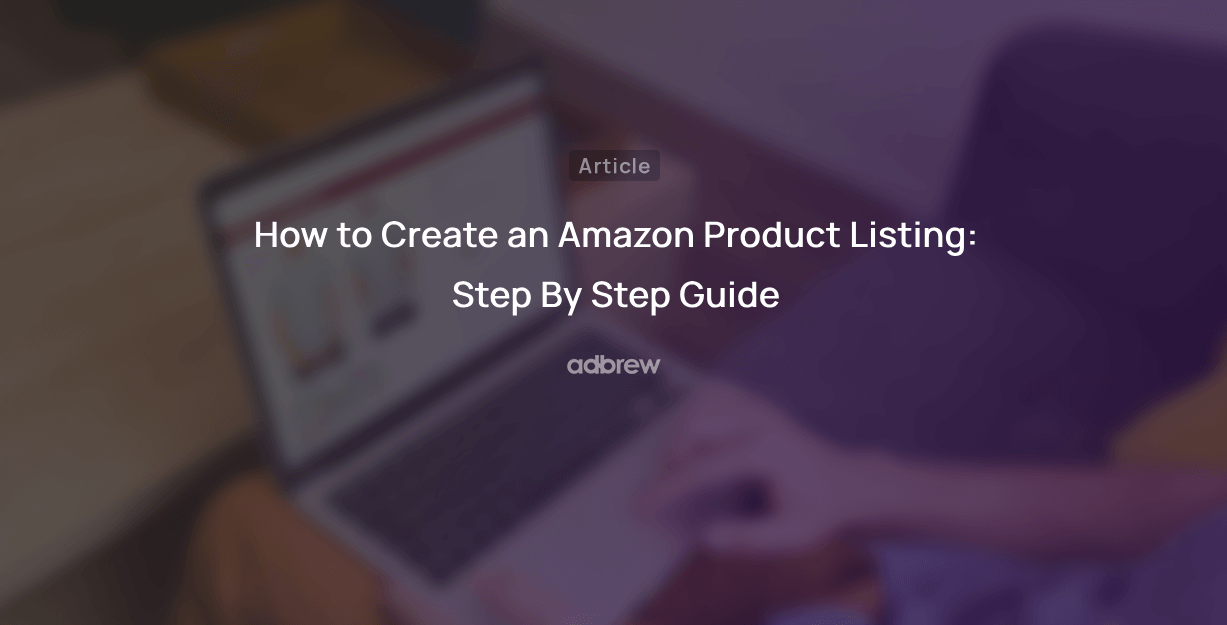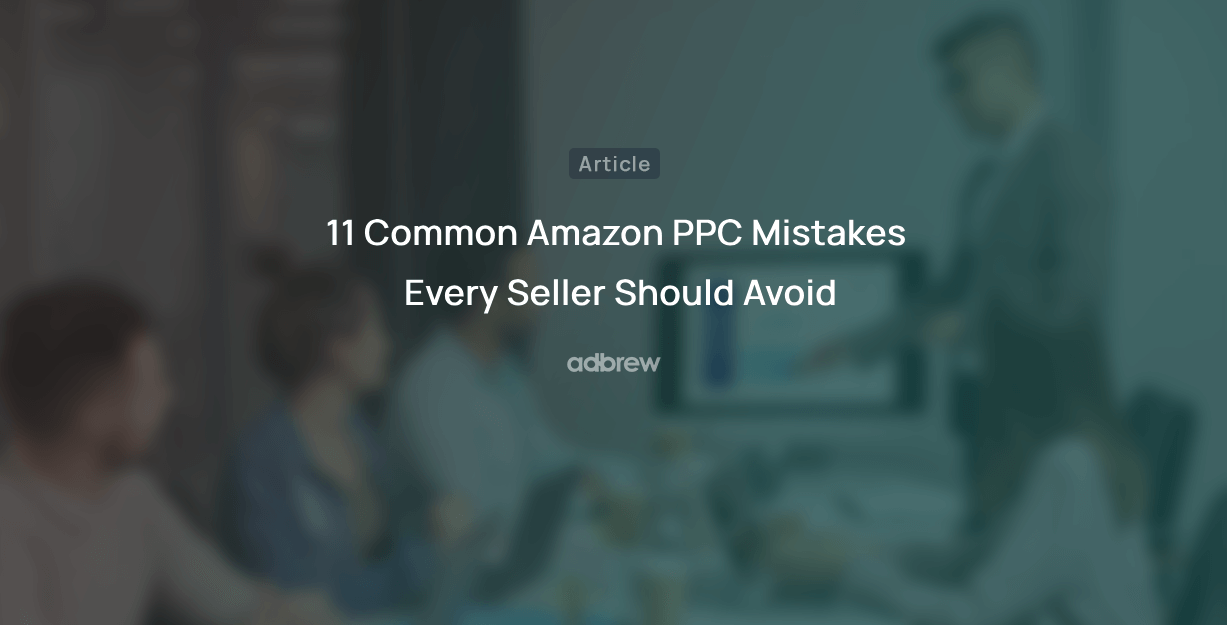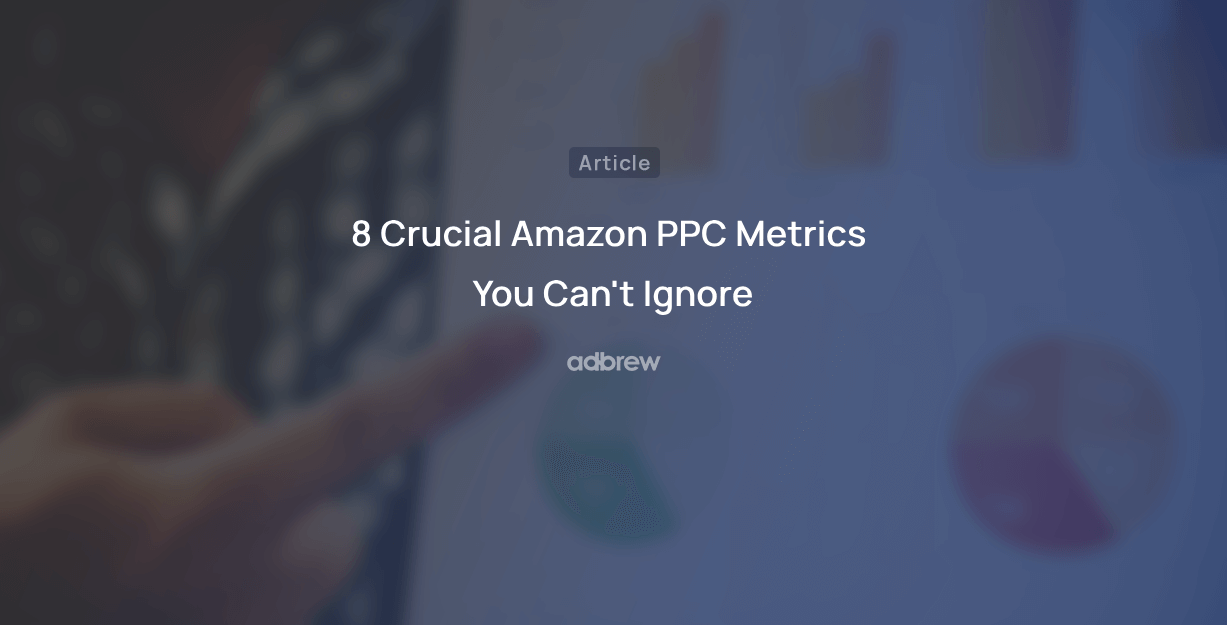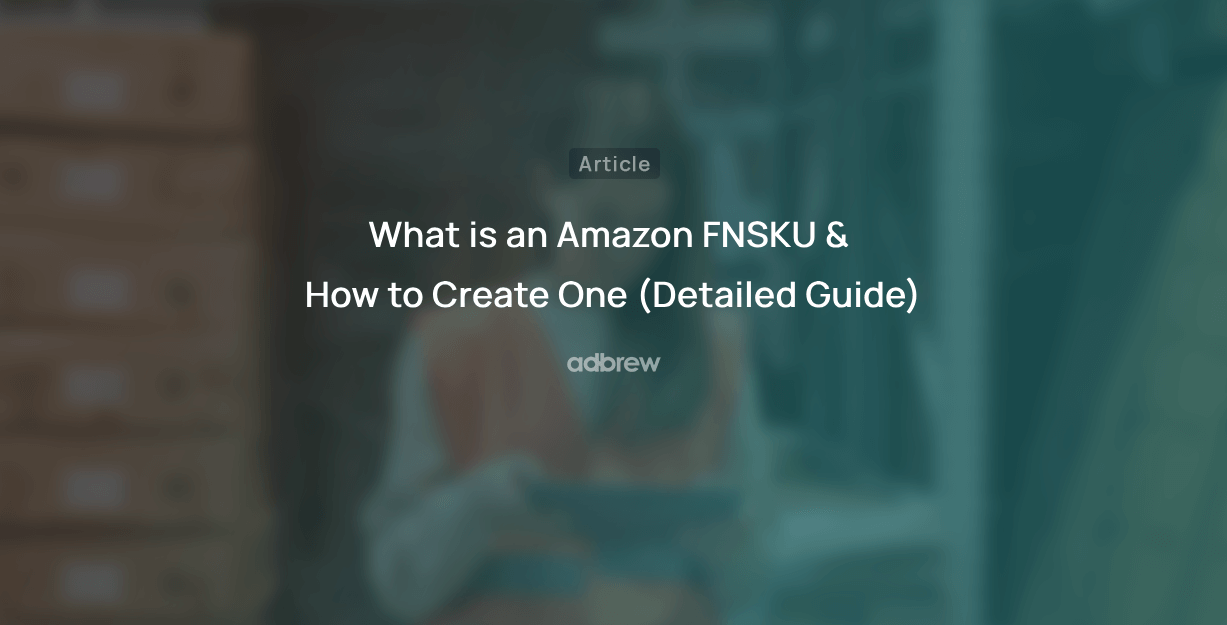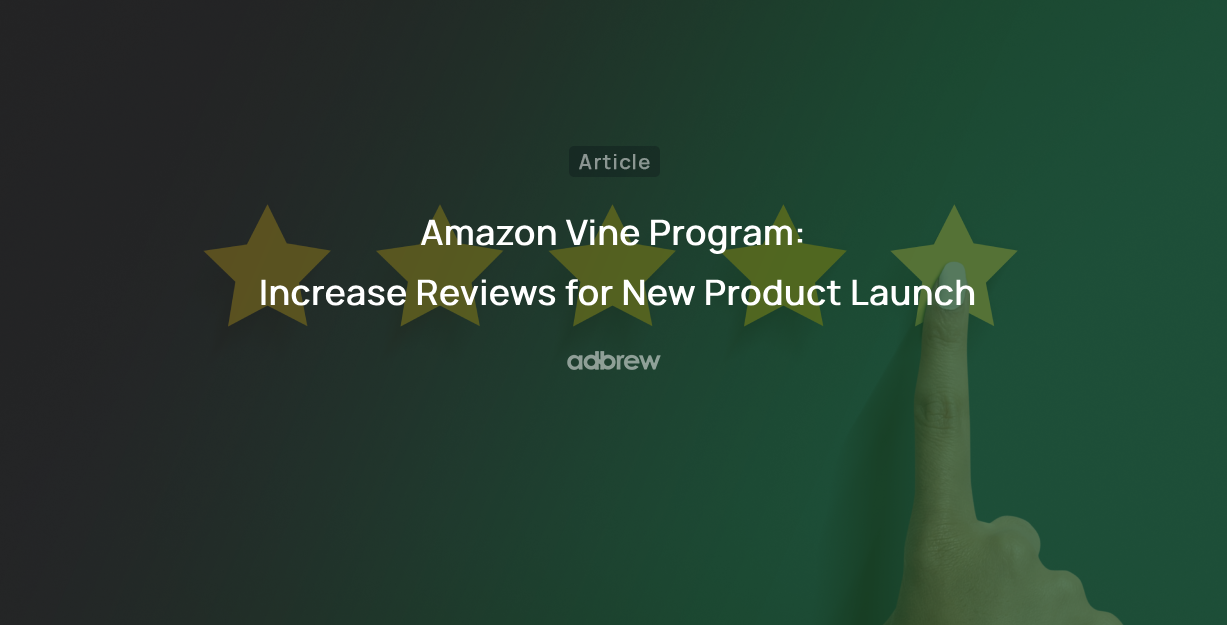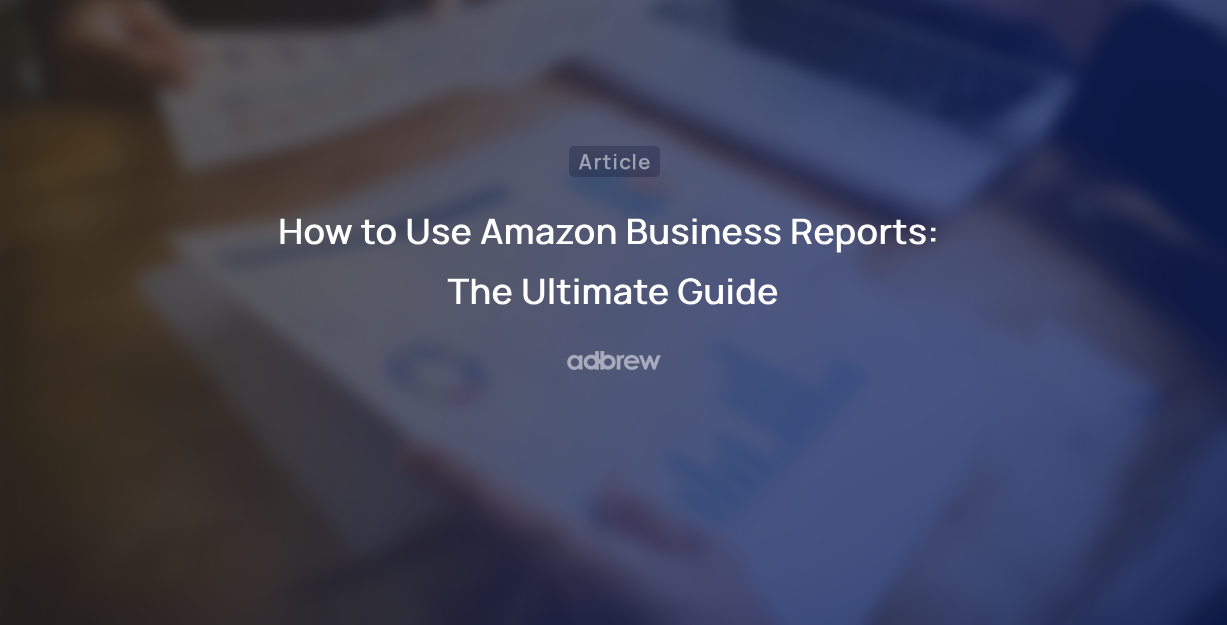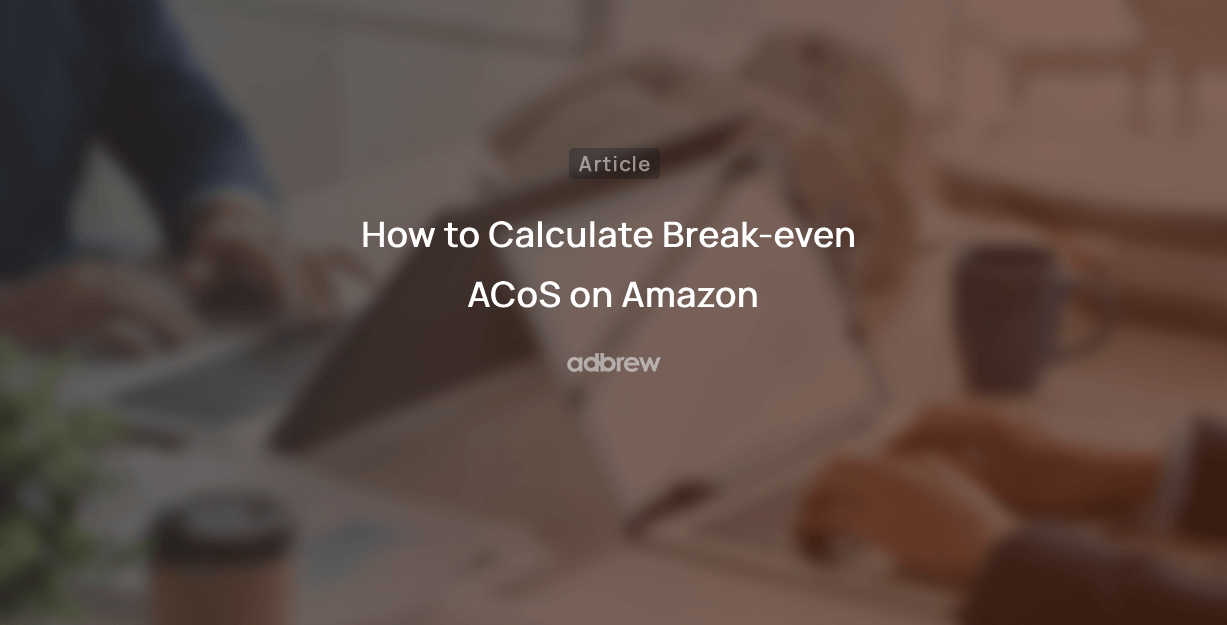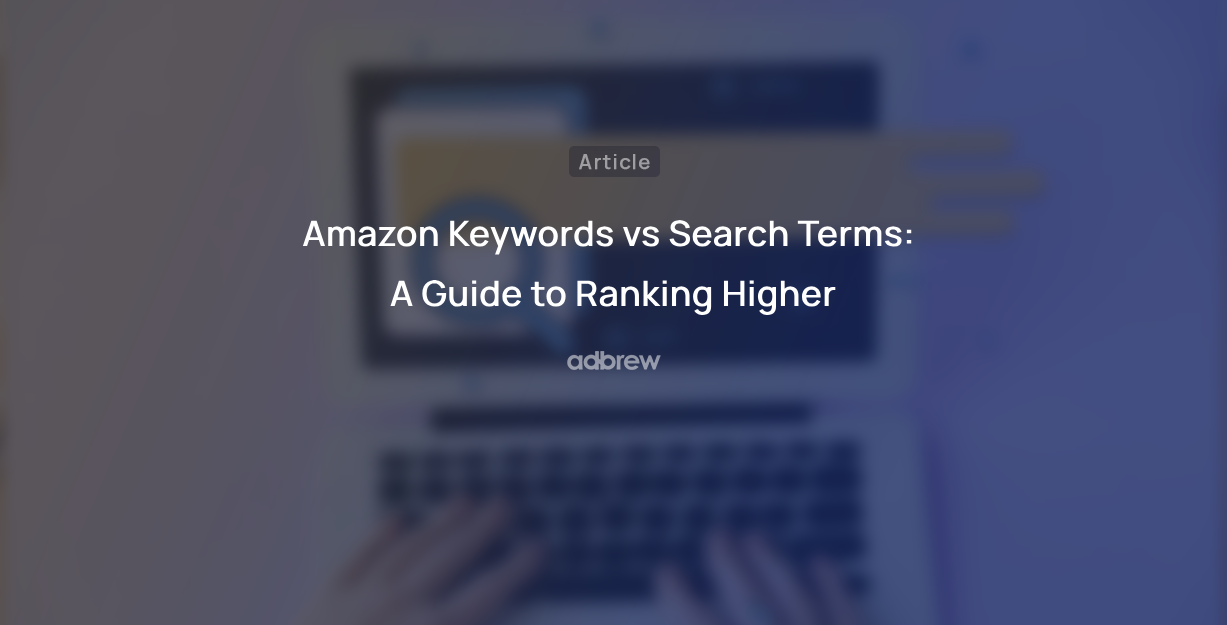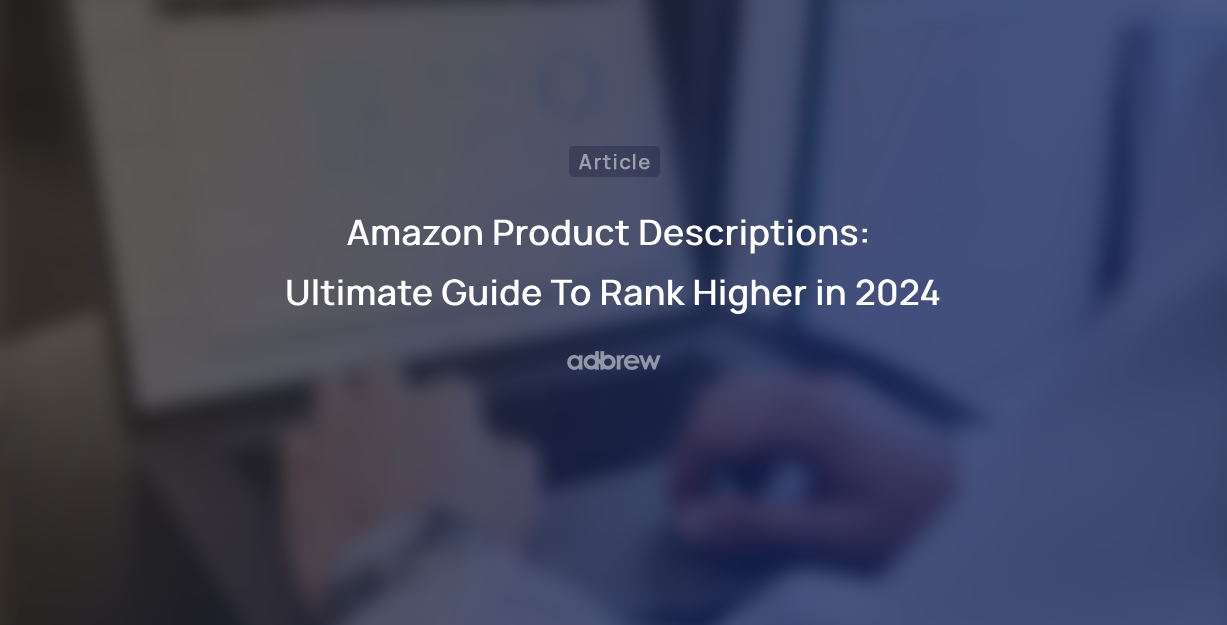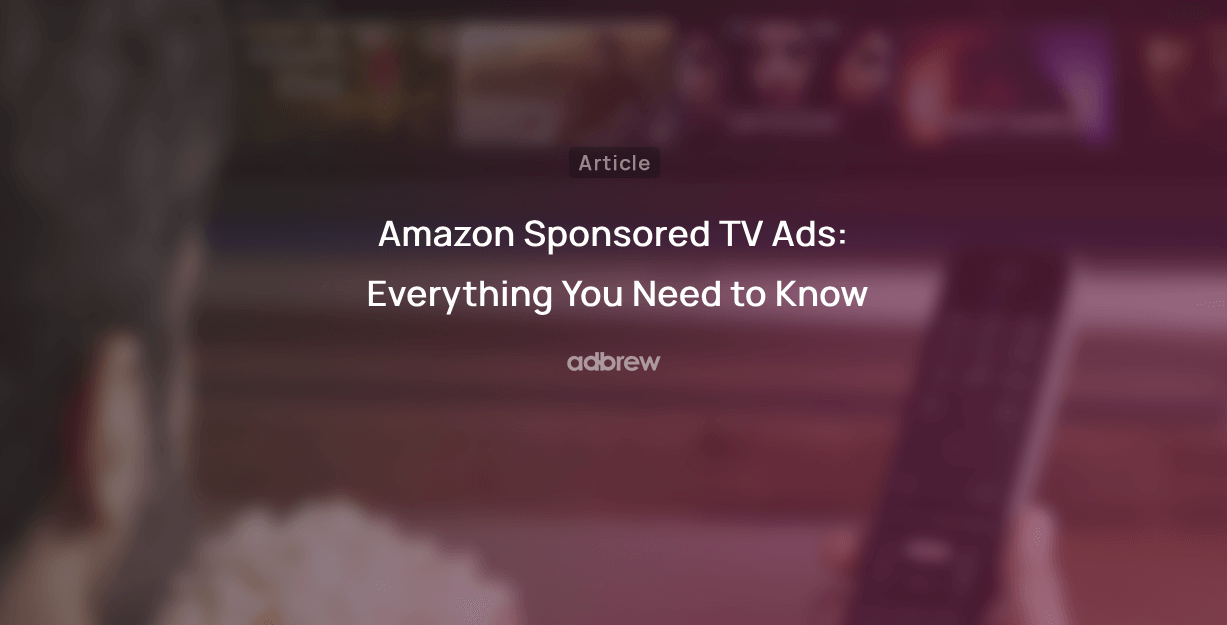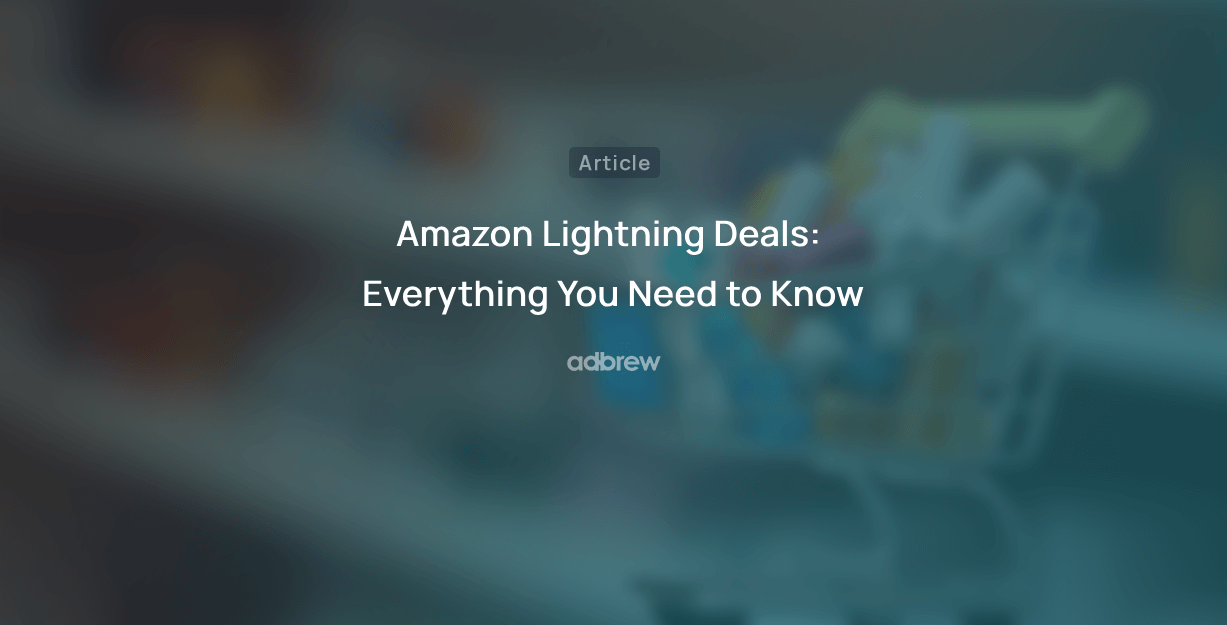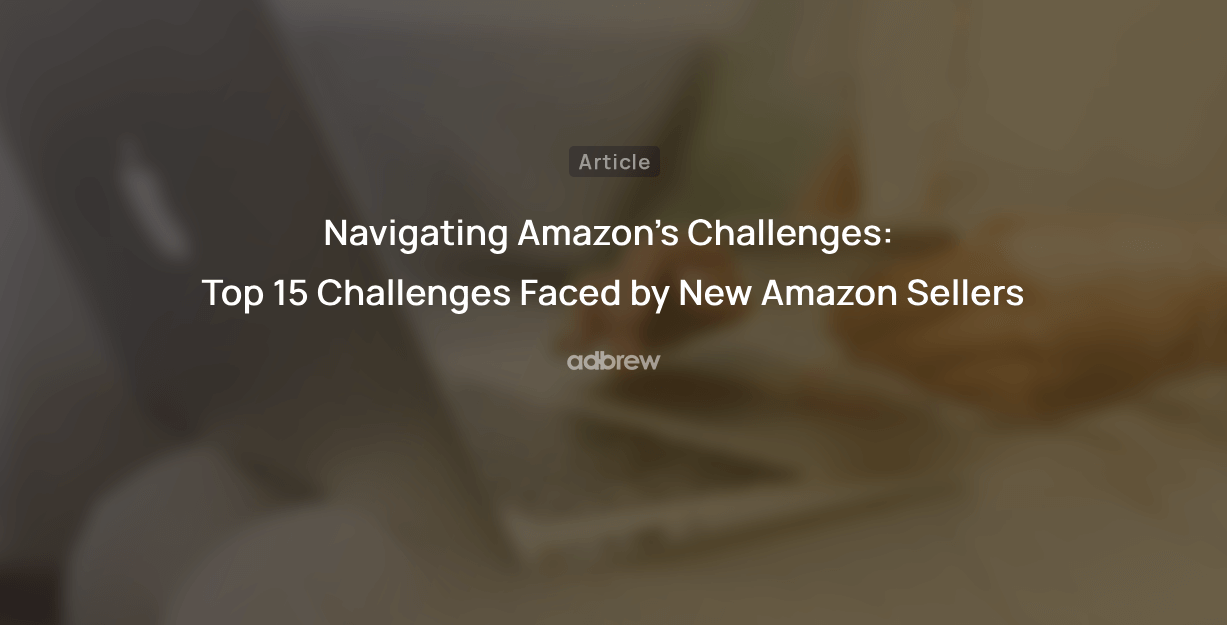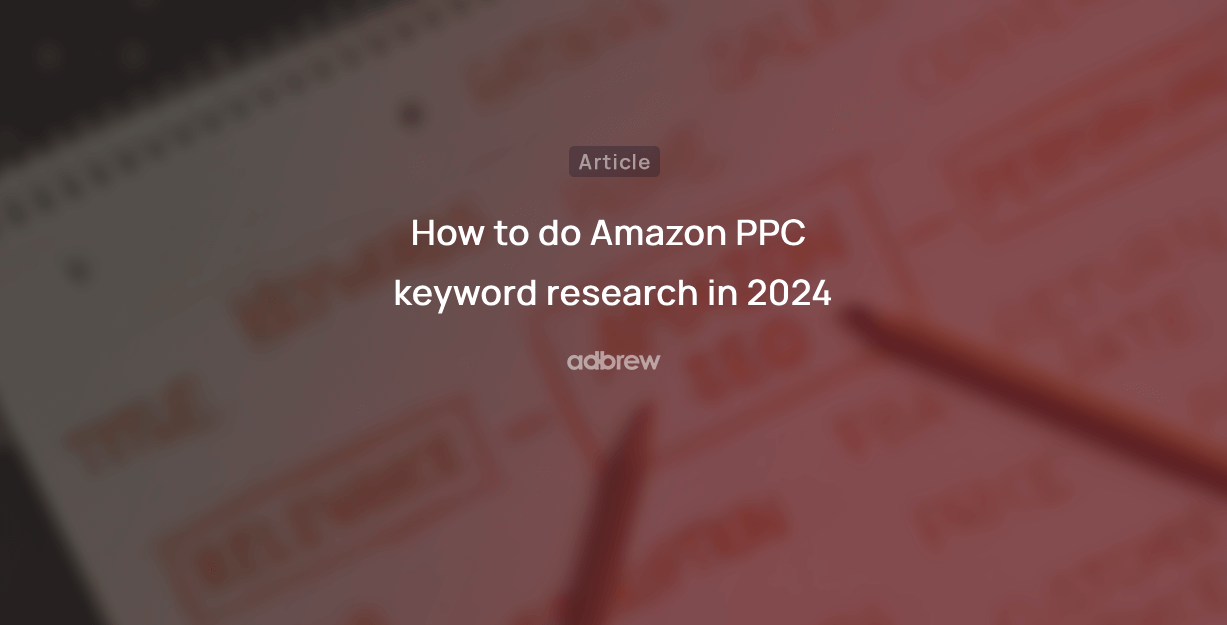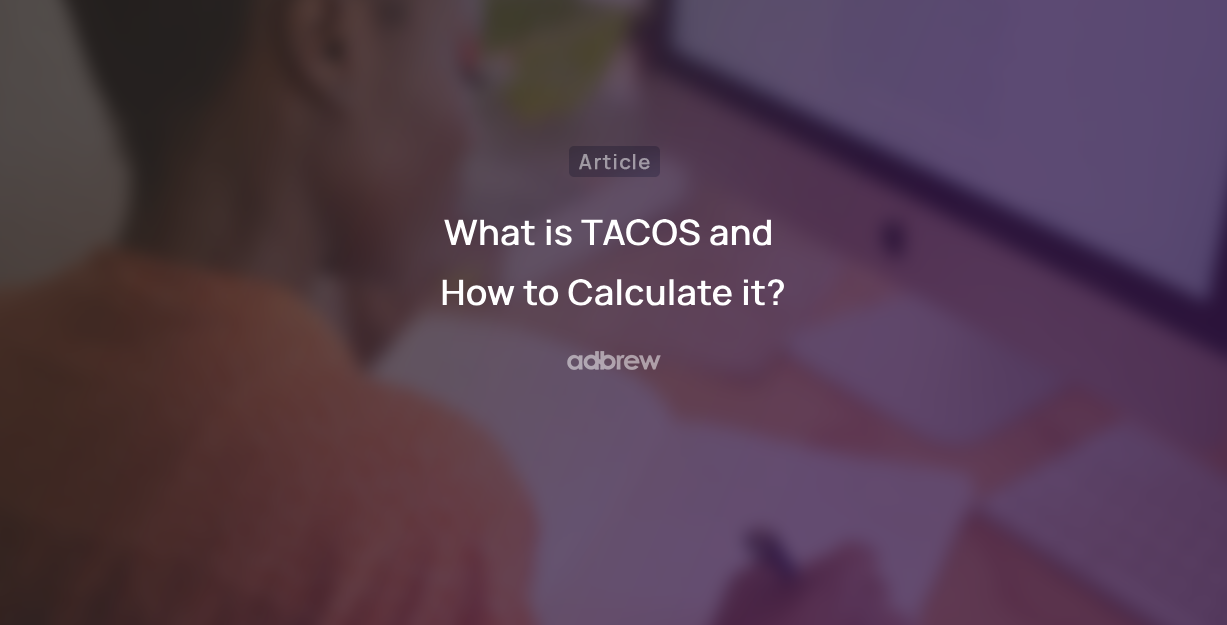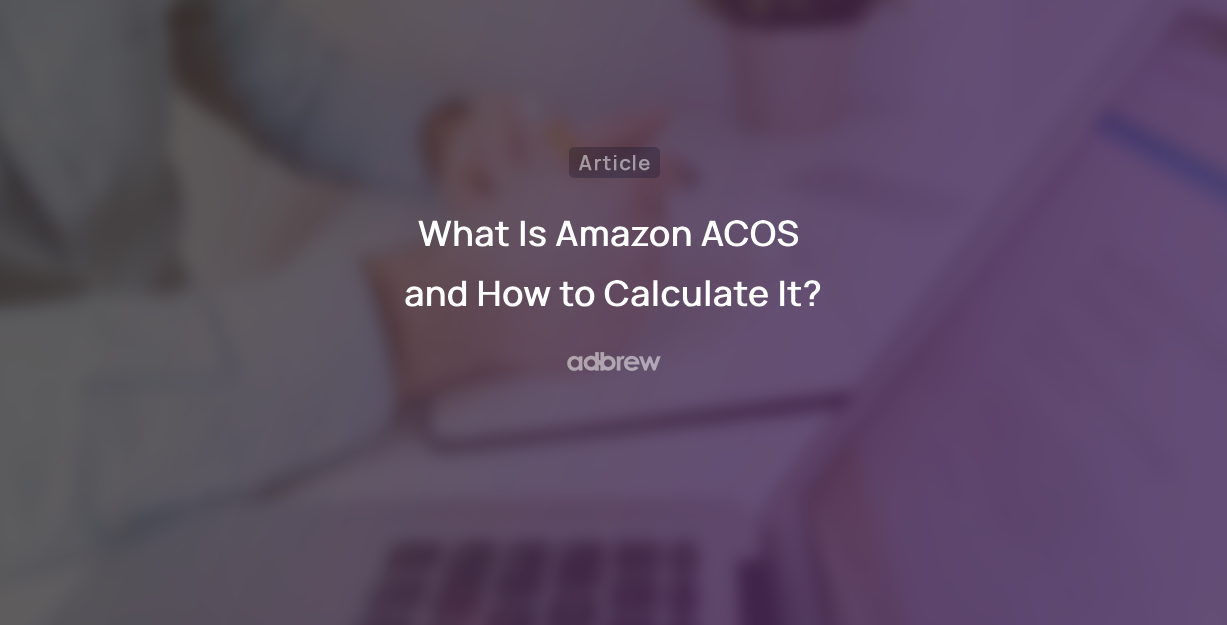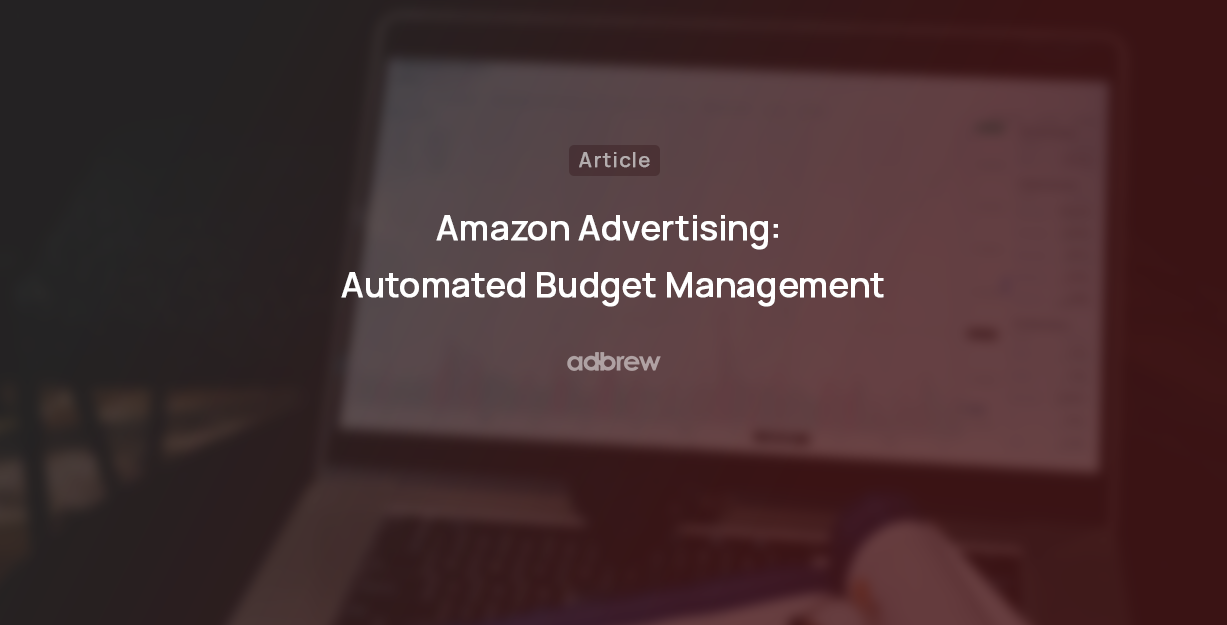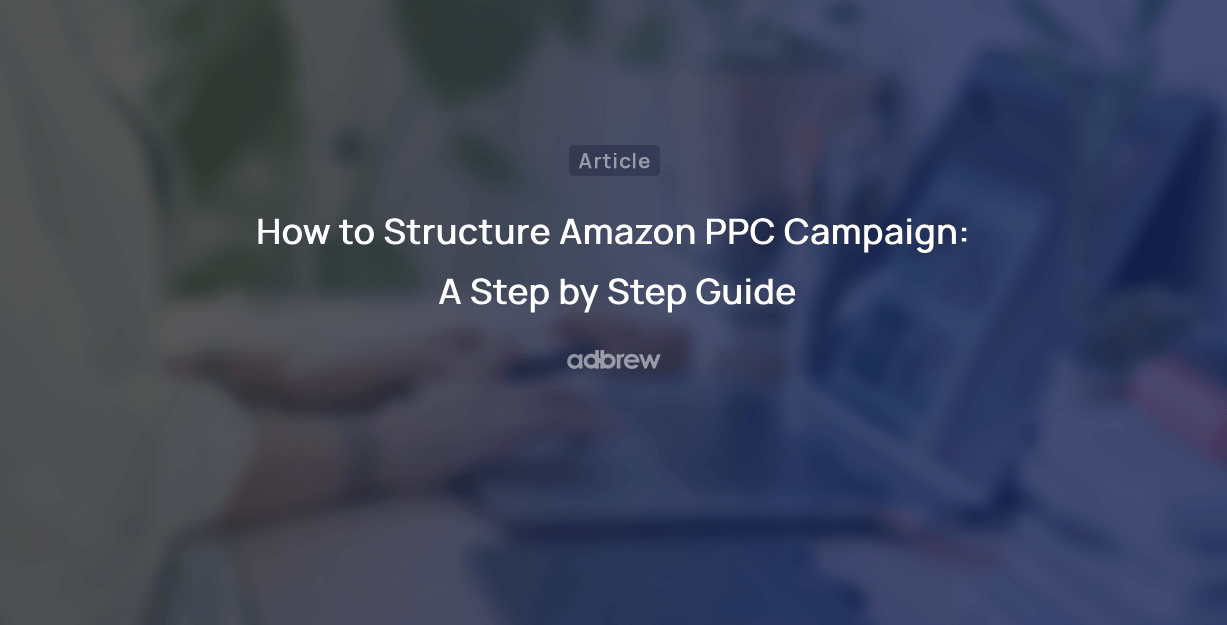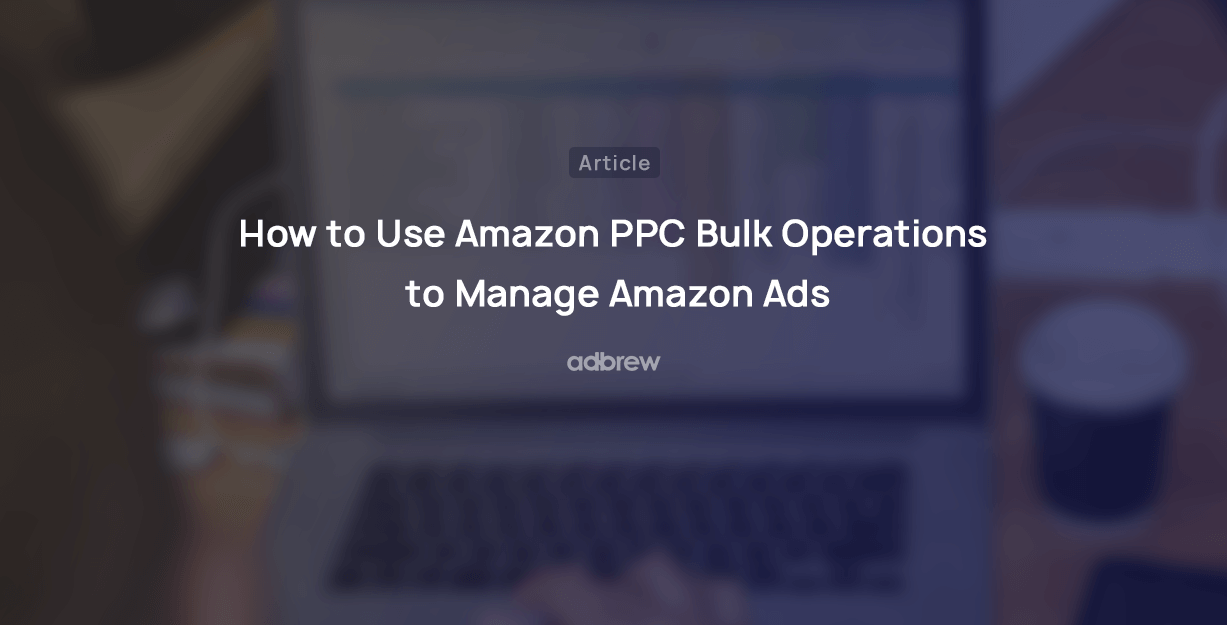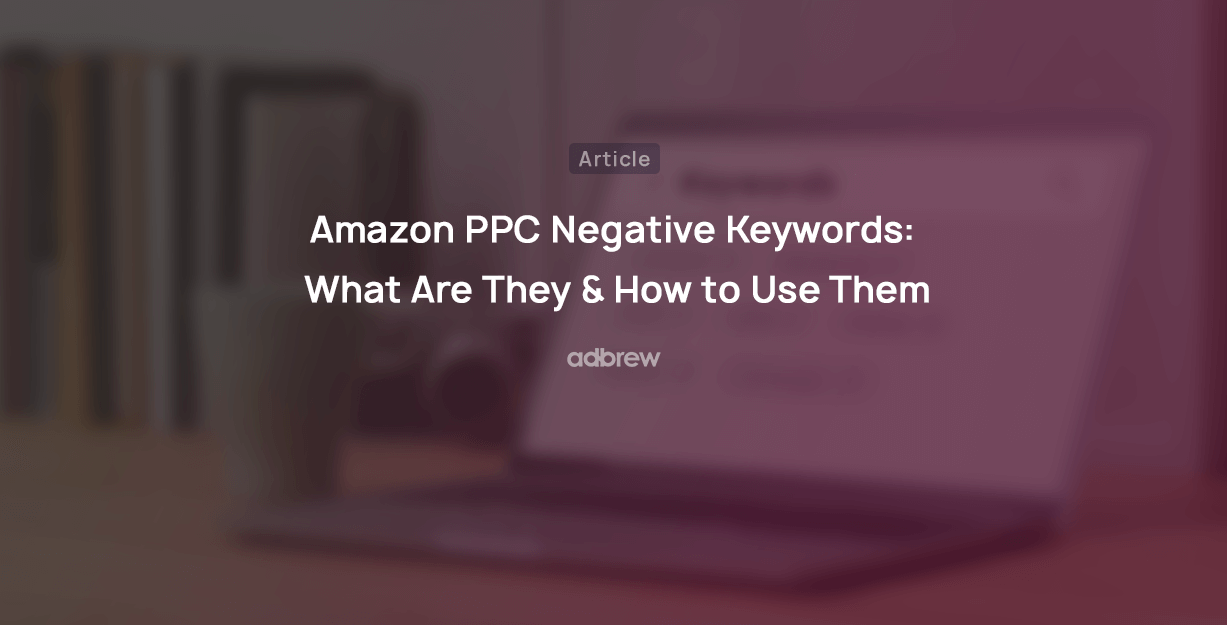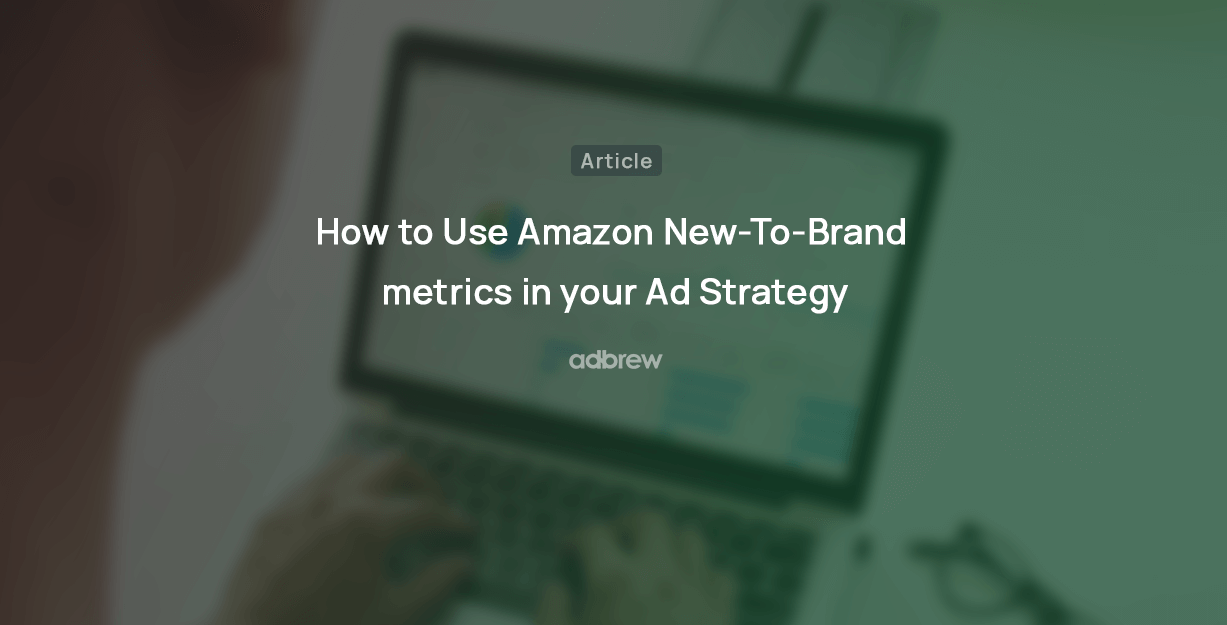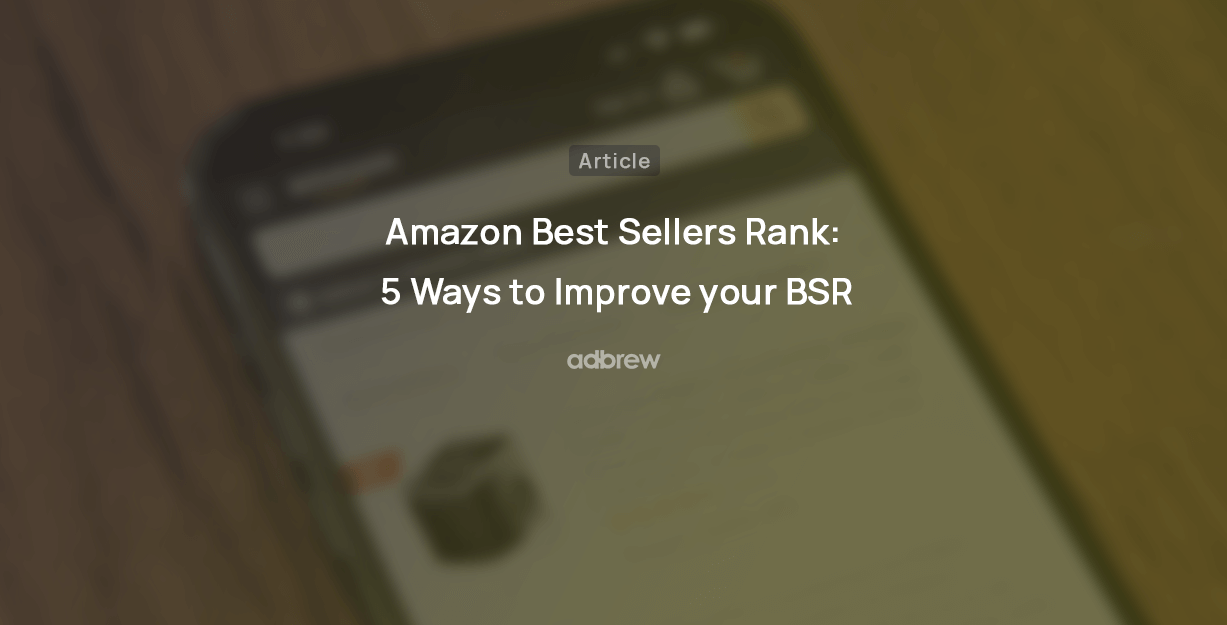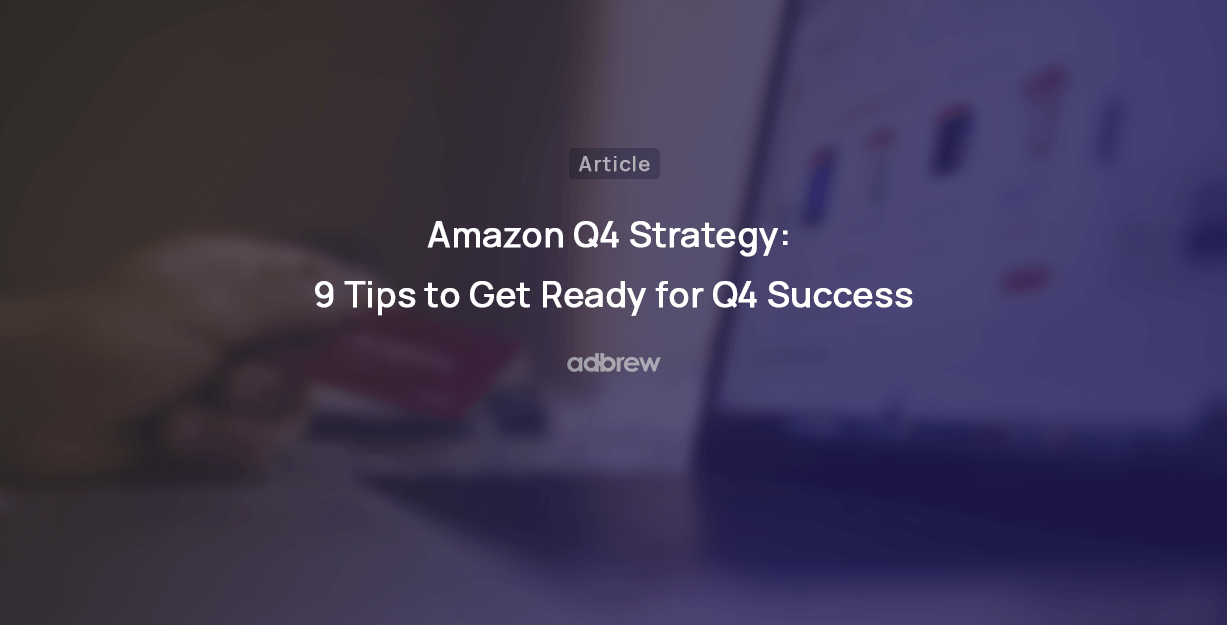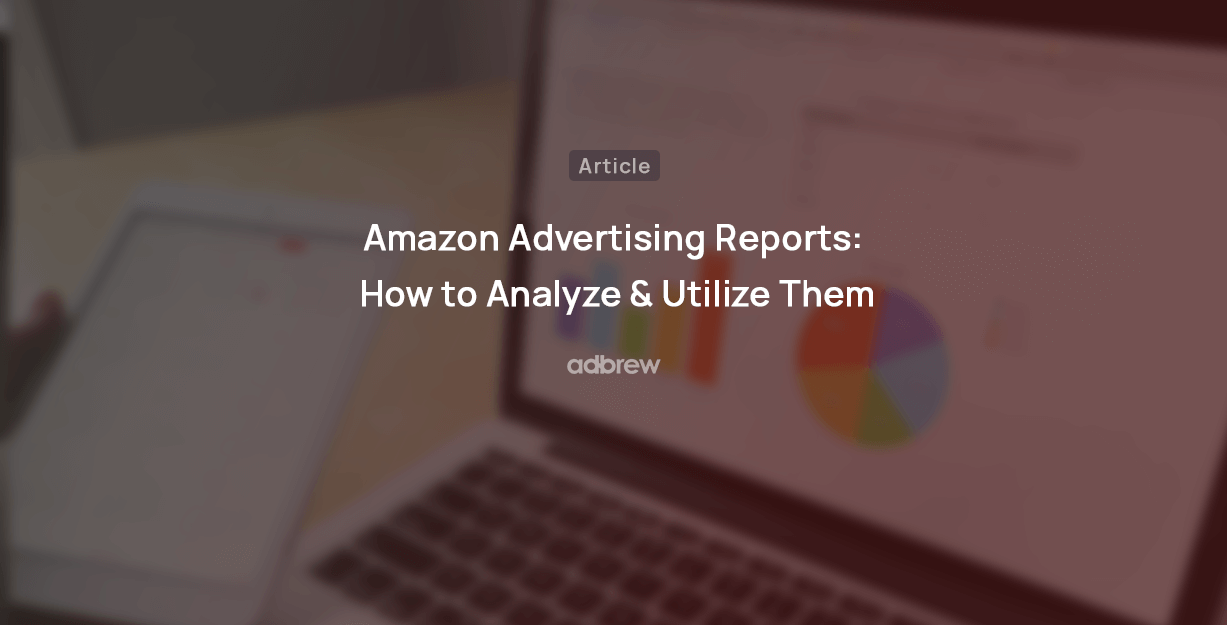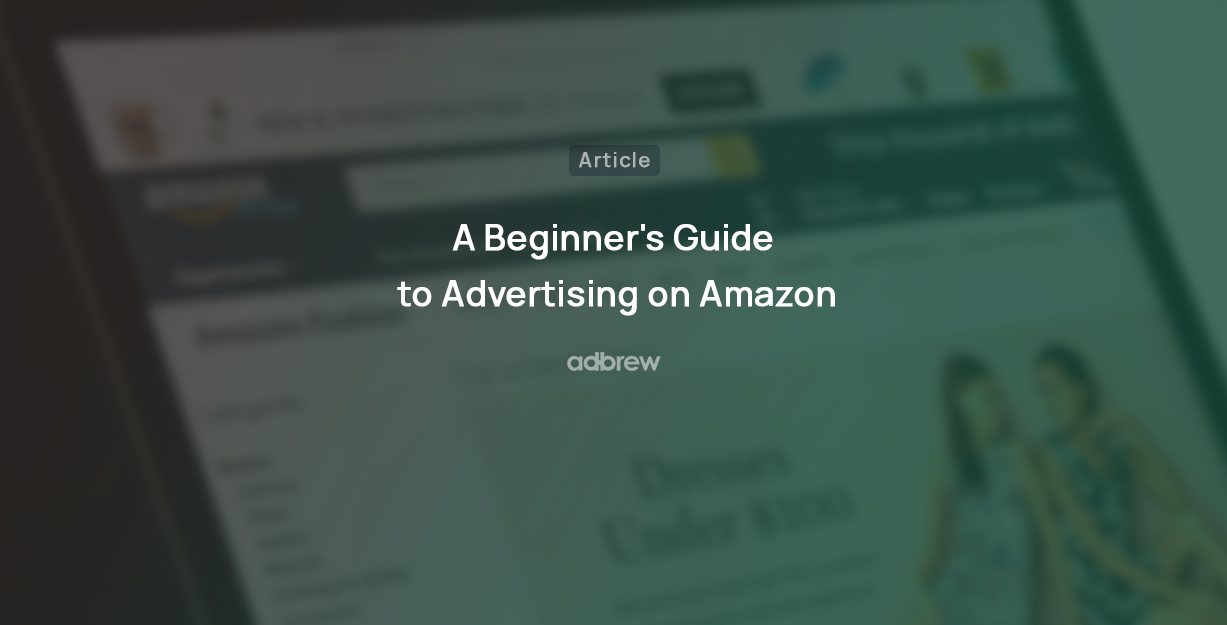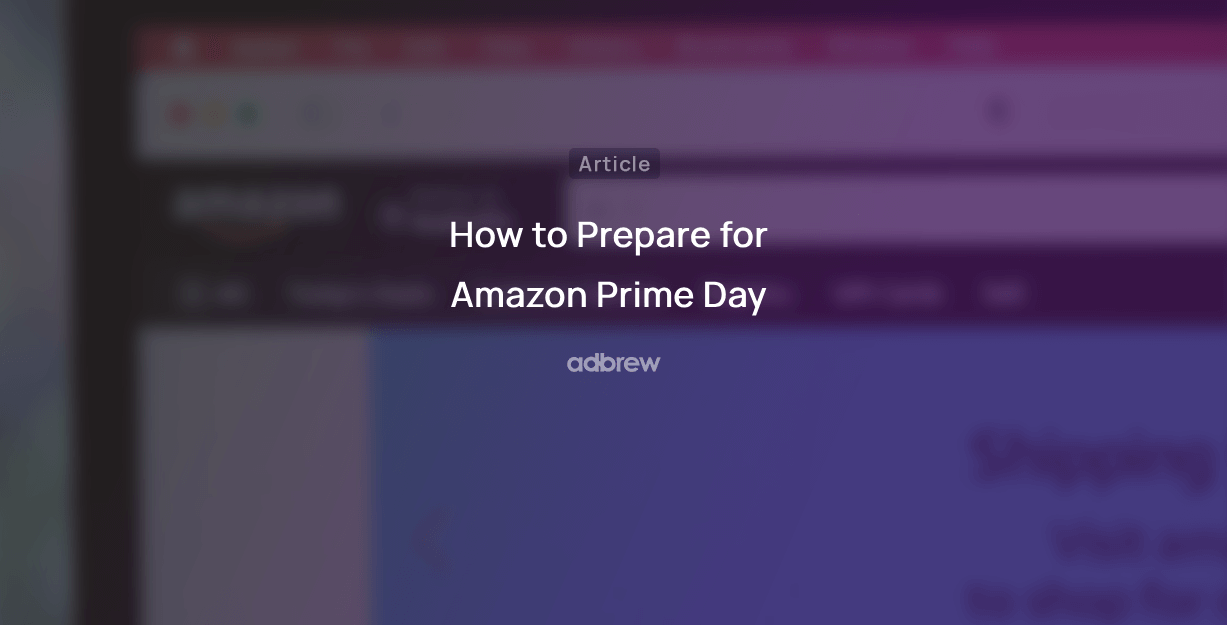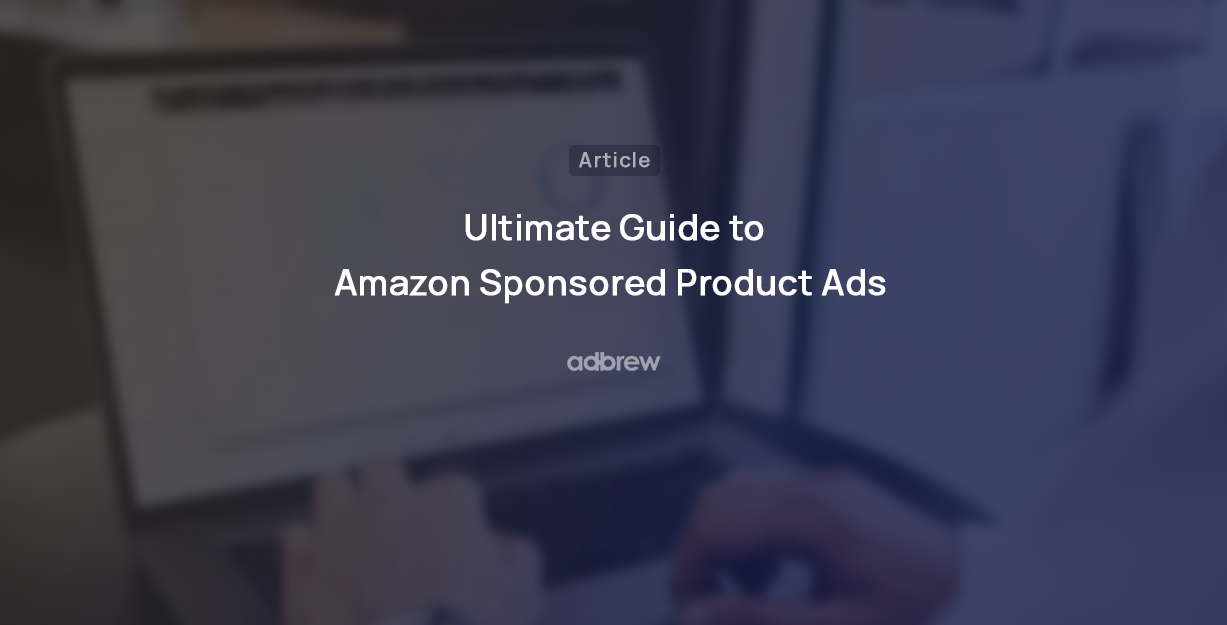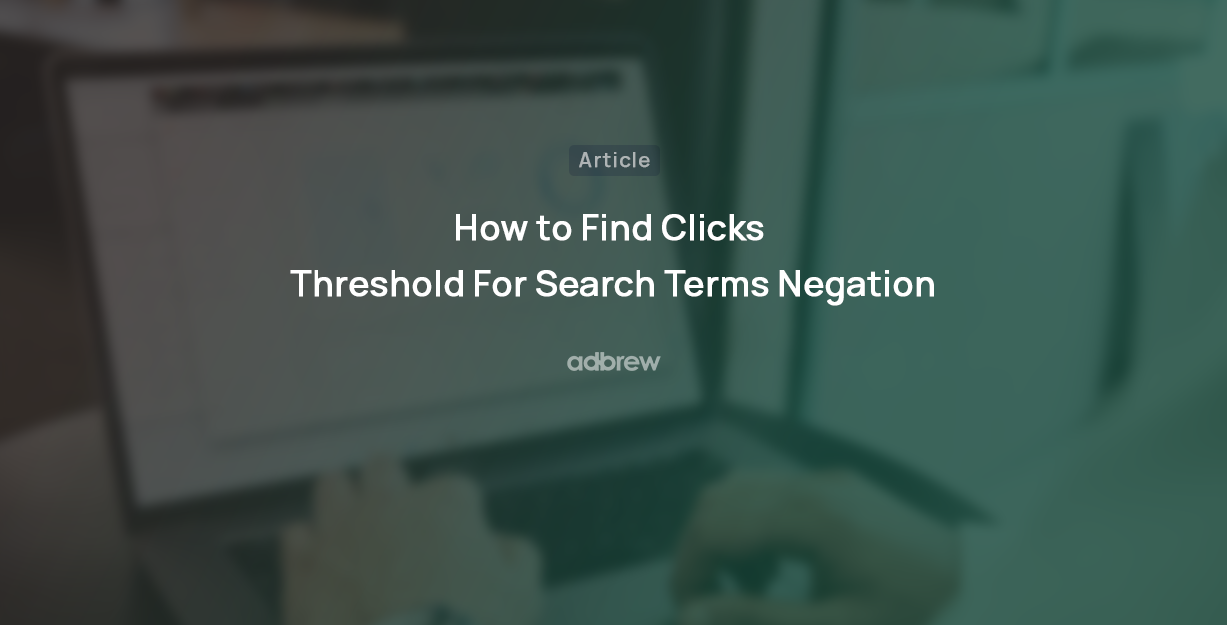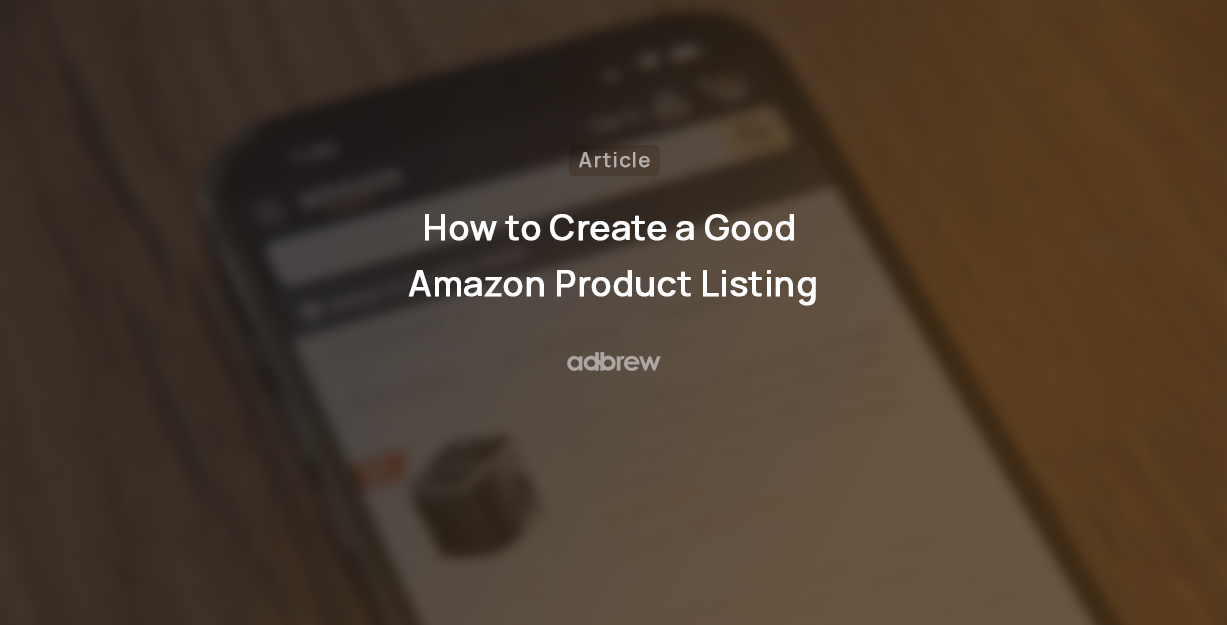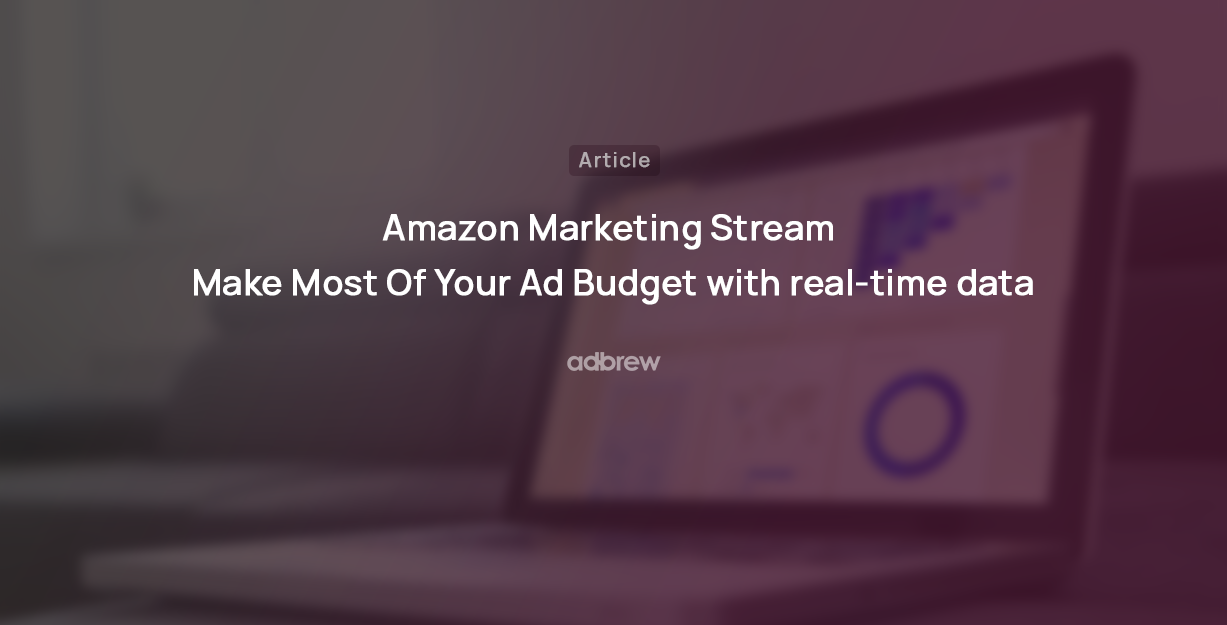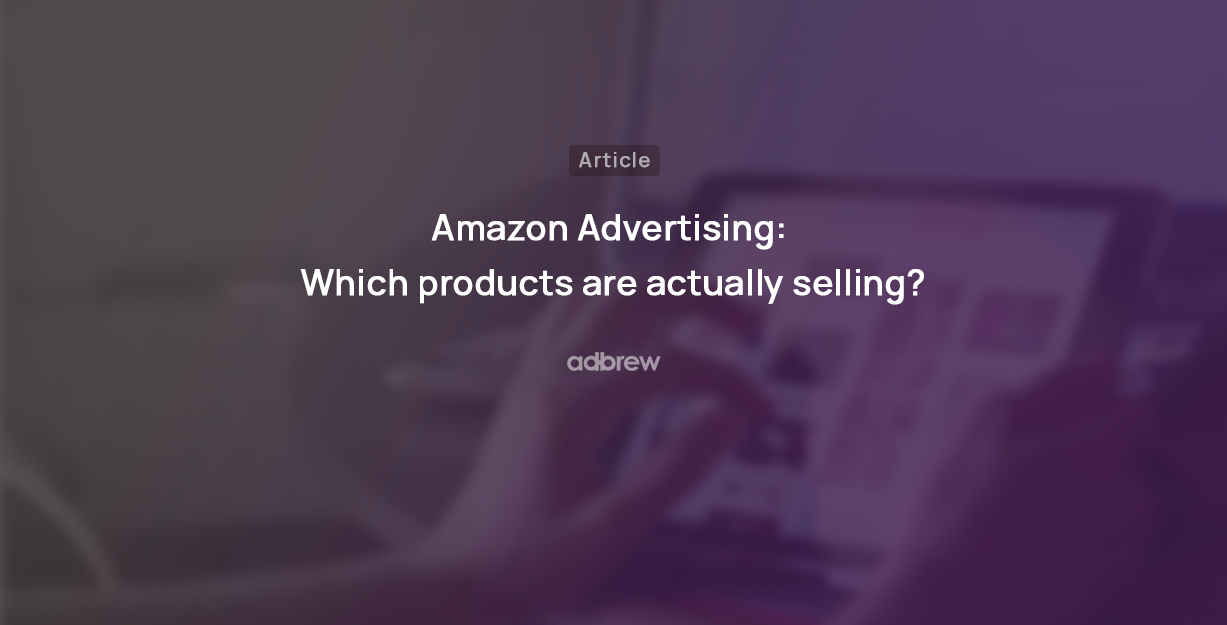
Selling on Amazon can be tough with so many others doing the same in your category. That’s why it’s super important to get noticed and make sales. Amazon Lightning Deals are a cool way to stand out, sell more, and catch the eye of potential buyers. This guide will walk you through what Lightning Deals are, why they matter, how to use them, tricks for success, and things to avoid.
What are Amazon Lightning Deals?
Amazon Lightning Deals are special limited time promotions on Amazon where products are heavily discounted for a short time, usually just a few hours. These deals are available in limited quantities and can be found on the “Today’s Deals” page and product detail pages. They’re a great way to catch the eye of shoppers looking for big discounts on Amazon.
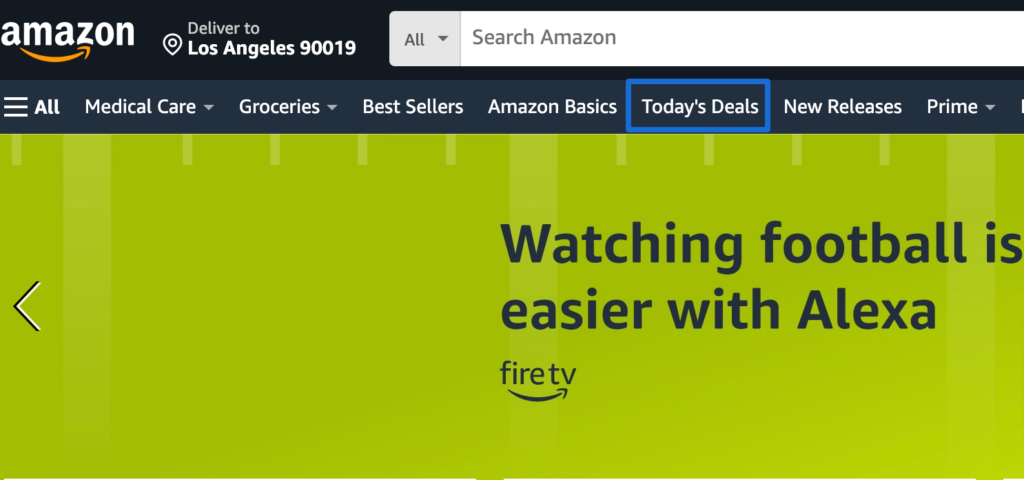
Advantages of Amazon Lightening Deals
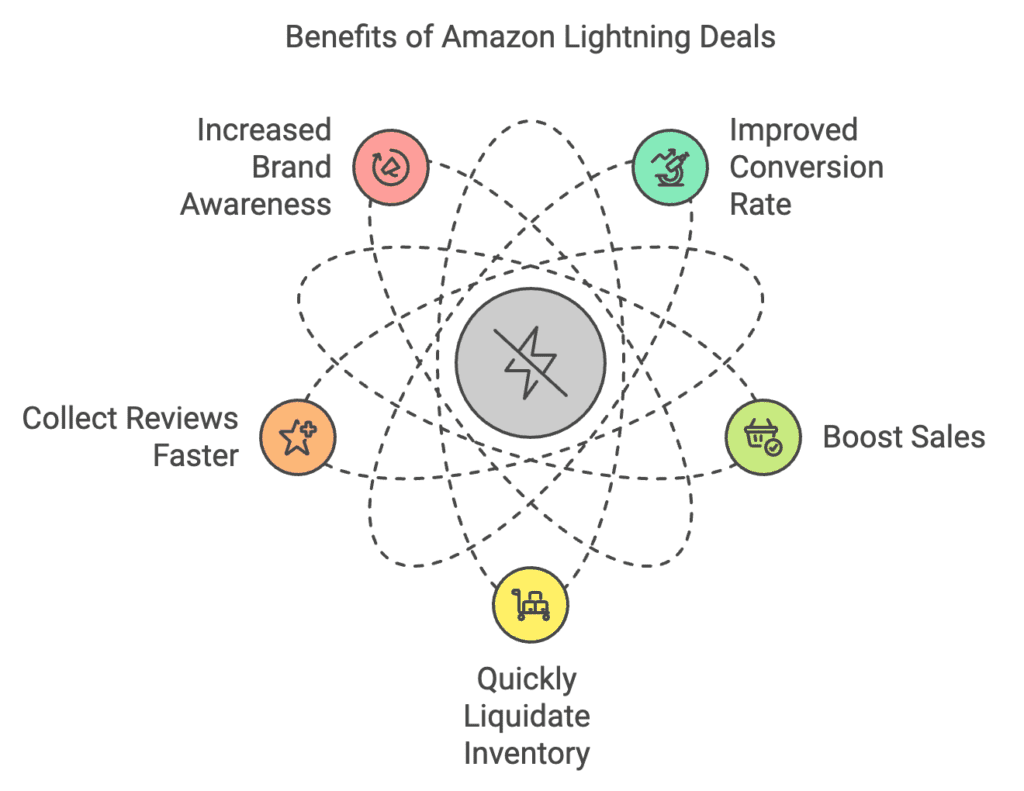
Improved Conversion Rate: Amazon Lightning Deals create a sense of urgency, as they offer discounts prompting shoppers to make quicker purchasing decisions, thereby enhancing the conversion rate.
Boost Sales: By offering discounts, Amazon Lightning Deals attract more shoppers, leading to increased sales within a short period.
Quickly Liquidate Inventory: Lowered deal prices help clear excess or older inventory fast, preventing stockpiling and ensuring fresher stock turnover.
Collect Reviews Faster: Higher sales volumes during Lightning Deals often lead to a surge in product reviews, allowing for quicker feedback collection from customers.
Increased Brand Awareness: Promoting Amazon Lightning Deals can bring attention to the brand, attracting new customers who might not have considered the products or services before. This helps increase brand visibility and awareness in the market.
Amazon 7-Day Deals vs. Lightning Deals
Amazon offers different types of promotional deals to attract customers and boost sales. Here’s a comparison between Amazon’s 7-Day deals and Lightning Deals:
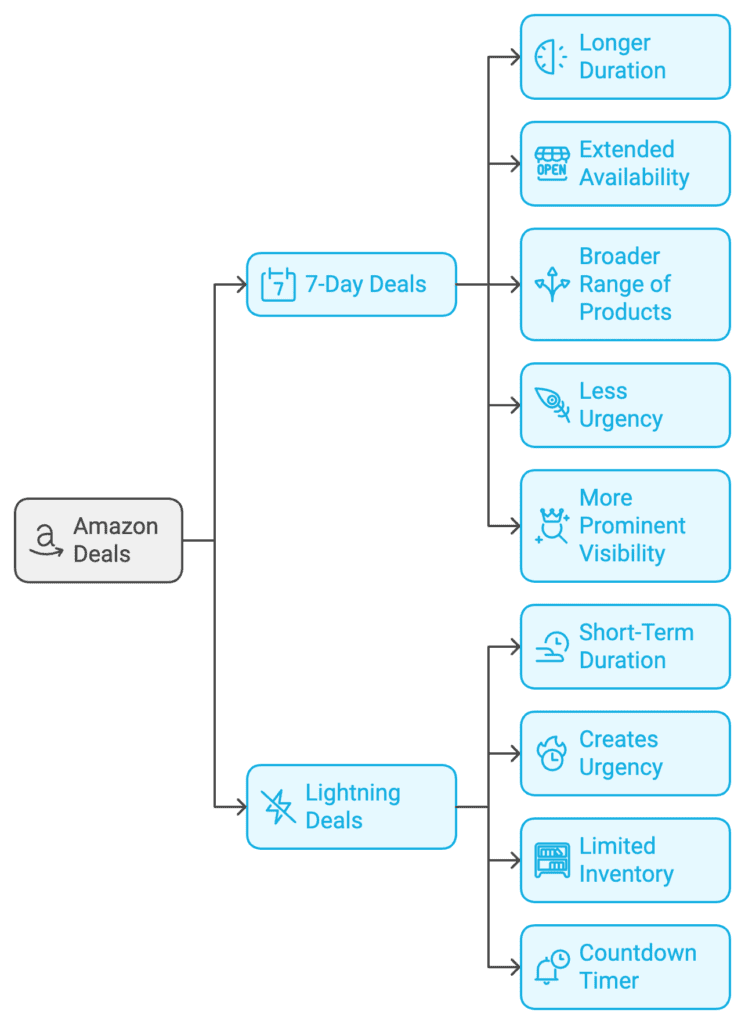
Amazon 7-Day Deals
- Duration: These run for a longer period, typically lasting for seven days.
- Availability: They offer a more extended window of time for customers to take advantage of discounted prices.
- Variety: Amazon 7-Day Deals may cover a broader range of products, including both popular and niche items.
- Visibility: They tend to have less urgency than Lightning Deals but are more prominently featured and visible for a longer duration on Amazon’s website.
Lightening Deals
- Duration: Short-term deals that usually last for a few hours or until the limited stock runs out.
- Urgency: Upcoming Lightning Deals create a sense of urgency, encouraging shoppers to make quick purchasing decisions due to the limited time frame and limited quantity available.
- Inventory: These are limited in quantity, and often used to clear out specific stock or promote selected items.
- Visibility: They are showcased in a special section on Amazon’s website and have a countdown timer to highlight the time remaining, driving a sense of urgency among shoppers.
Both types of deals serve different purposes in Amazon’s promotional strategy. Lightning Deals aim to create a buzz and drive immediate sales, whereas 7-day ones offer a more relaxed shopping experience with discounts available for a more extended period, both capitalizing on shoppers’ desire to save money.
Note that Amazon Prime members get early access to these deals on specific events like Prime Big Deal Days.
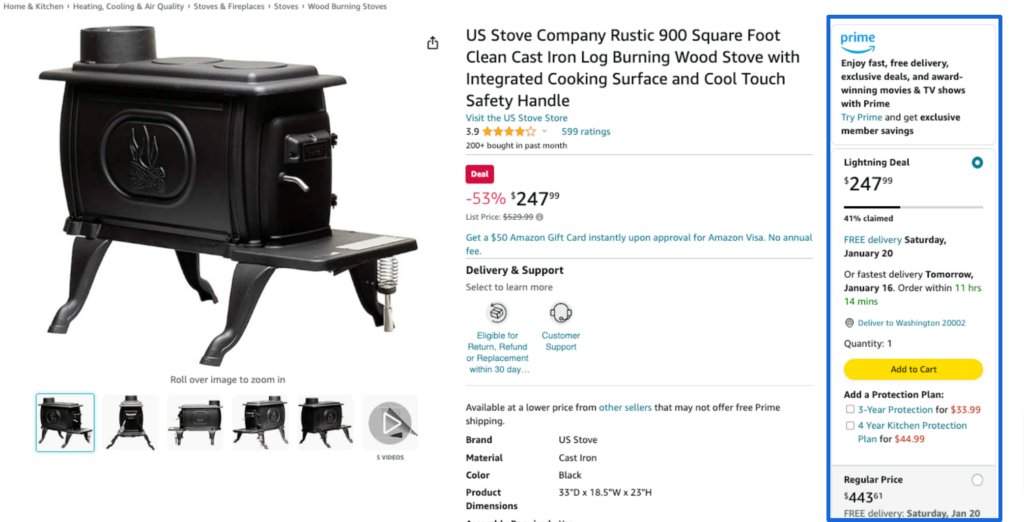
Lightening Deals Eligibility
There are several criteria you need to meet to be eligible for Amazon Lightning Deals as a seller:
Seller requirements
- Professional Seller account: Individual seller accounts are not eligible for Lightning Deals.
- Minimum seller rating: Your overall seller rating must be at least 3.5 stars.
- Minimum seller feedback: You must receive at least five seller feedback per month.
Product requirements
- Sales history: The product must have some existing sales history and a rating of at least 3 stars.
- Prime eligibility: The product must be Prime-eligible in all regions where you want to run the deal.
- Pricing policies: The product’s price must comply with Amazon’s pricing policies, including minimum advertised price (MAP) restrictions.
- Product restrictions: The product cannot be restricted or considered offensive, inappropriate, or used.
- Condition: The product must be in “New” condition.
- Variations: Include as many variations of the product as possible to increase buyer options.
- Product reviews: The product must be compliant with customer product review policies.
- Deal frequency: Amazon restricts how often the same product can participate in Lightning Deals.
Additional factors
- Competition: Amazon considers competition when selecting deals, so popular products with high demand may have a higher chance of being accepted.
- Inventory: You must have enough inventory to cover the estimated demand during the Lightning Deal.
To run a Lightning Deal on Amazon, sellers are required to pay a non-refundable deal fee. The cost for a Lightning Deal typically ranges around $150 per deal.
However, during peak sales events or significant holidays like Prime Day, the deal fee might escalate significantly, reaching anywhere between $300 to $500 per deal.
It’s important to note that these costs can vary based on factors such as the product category, the day of the week when the deal is scheduled, seasonal demand, and the specific terms outlined by Amazon during special events.
These fees cover the cost of participating in the Lightning Deal program and securing a spot to feature a product with discounted pricing for a limited time on Amazon’s platform, which can potentially increase visibility, drive sales, and generate interest from shoppers.
How to Create a Lightning Deal?
Here’s a guide to creating a Lightning Deal:
1. Access Seller Central: Log in to your Amazon Seller Central account.
2. Check Eligibility: Ensure your products meet Amazon’s Lightning Deal eligibility criteria.
3. Navigate to Lightning Deals: Go to “Advertising” > “Deals”
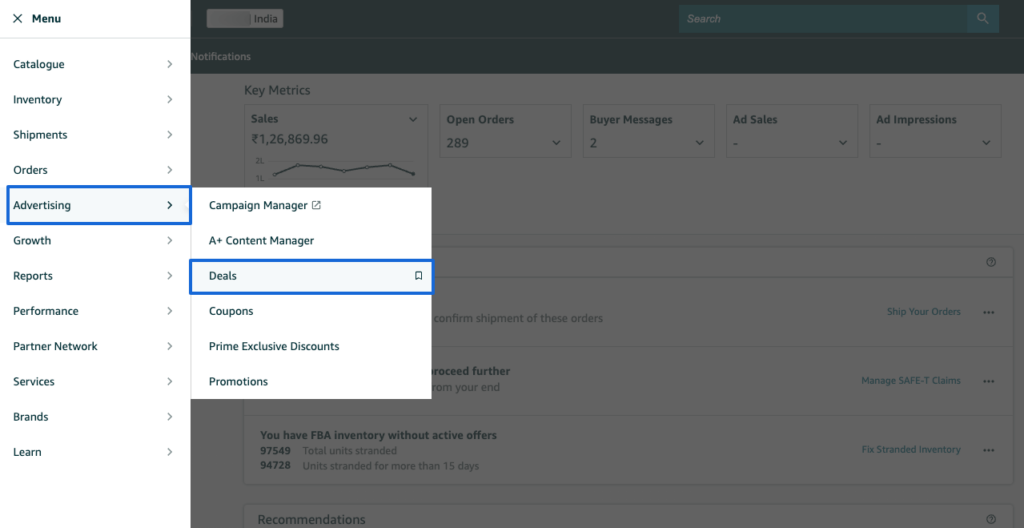
4. Create Deal: Click on the “Create a new deal” button appearing in the top right corner.

5. Add Products: Select eligible products for which you want to set up a deal.
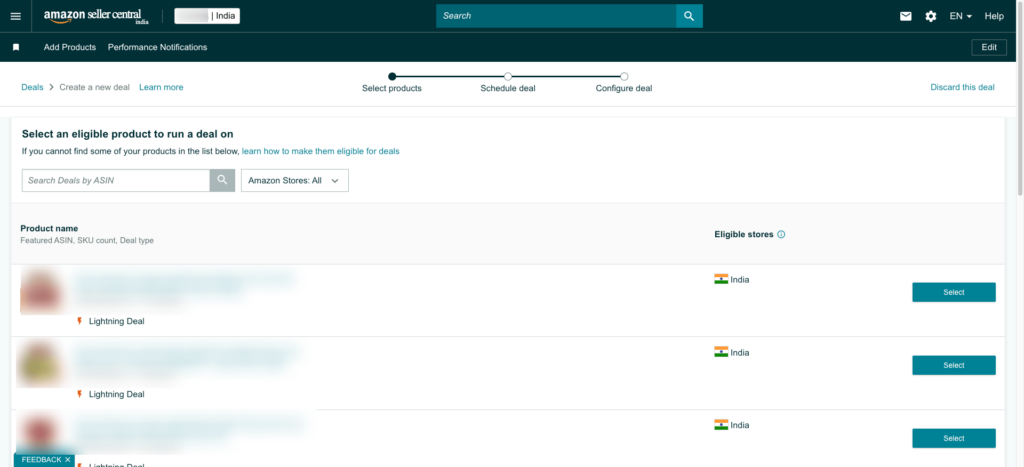
6. Select Date: Select when you want to run your deal.
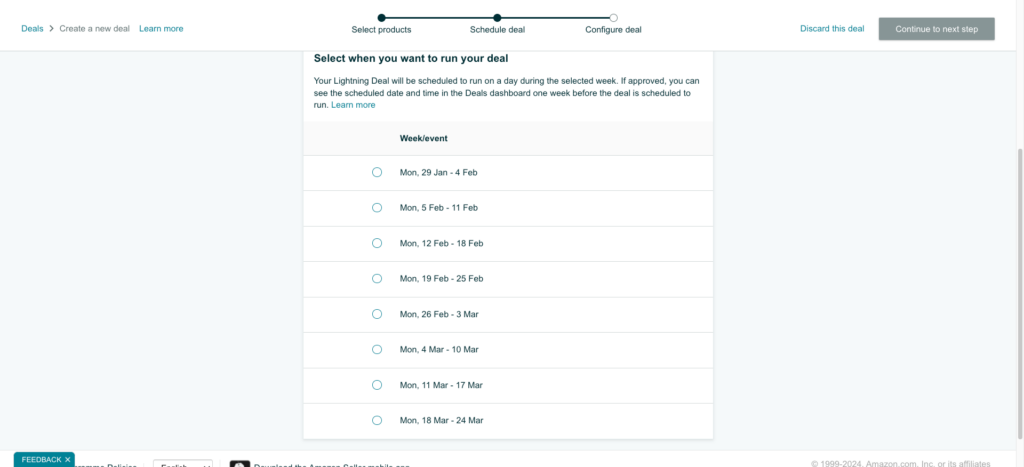
7. Set Deal Details: Specify discounted price, quantity, and necessary information.
8. Review and Submit: Check all details and submit the deal for Amazon’s review.
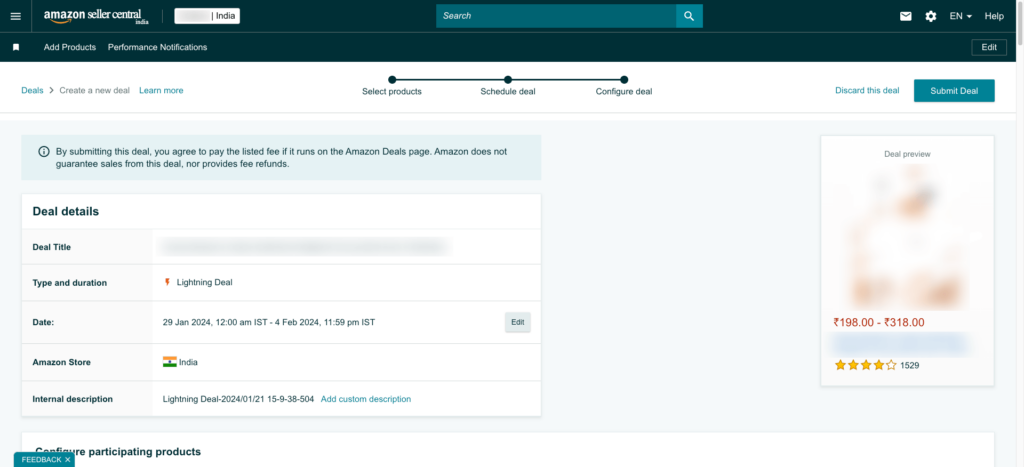
Once done, Amazon will review your deal and approve it if everything is aligned with their requirement.
How to monitor Lighting Deal submissions?
Monitoring Lightning Deal submissions and their performance involves tracking various metrics and insights within your Amazon Seller Central account. Here’s how you can monitor your Lightning Deals:
Access Seller Central: Log in to your Amazon Seller Central account.
Go to Lightning Deals Dashboard: Navigate to “Advertising” > “Lightning Deals” to access the Lightning Deals dashboard.
View Deal Status: Check the status of your submitted Lightning Deals. Amazon provides information on whether the deal is approved, pending review, live, or ended.
Monitor Performance Metrics: Once a Lightning Deal is live, track its performance metrics during the deal period. This includes:
Sales: Keep an eye on the number of units sold during the deal.
Traffic: Check if the deal generated increased traffic to your product pages.
Conversion Rate: Monitor the rate at which shoppers are making purchases.
Customer Engagement: Review customer reviews, feedback, and any increase in brand visibility.
Analyze Post-Deal Performance: After the Lightning Deal ends, assess the overall impact on your product’s sales, visibility, and customer interactions. Monitor any long-term effects, such as improved sales ranks or increased reviews.
Evaluate ROI (Return on Investment): Calculate the return on investment by comparing the costs incurred for running the Lightning Deal against the increase in sales or other benefits generated by the deal.
Adjust Strategy for Future Deals: Use the insights gained from monitoring Lightning Deal performance to refine your future strategies. Analyze what worked well and what could be improved upon for better results.
How Pre Approved Amazon lightning deals work?
Amazon often tailors pre-approved deals specifically for sellers based on their product categories and specifications.
These exclusive deals aim to maximize value upon activation. It’s crucial to monitor upcoming and active deals as they can be canceled up to 24 hours before the scheduled run.
To engage in a pre-approved lightning deal, follow these steps:
Seller Central Account Access: Log in using your credentials.
Locate Lightning Deals: Access this section under the Advertising tab in Seller Central.
Review recommended offers in the recommendations section.
Select the desired deal.
Adjust product quantity and pricing.
Choose the week for the deal’s activation.
Upon accurately filling in all necessary details, your deal will be scheduled to run on a single day within the specified week.
Alternatively, seeking guidance from the Seller Support team or referring to instructional materials can offer deeper insights into this process.
Frequently Asked Questions about Amazon Lightning Deals
1. What can I do to maximize the success of my Lightning Deals?
Promote the deal: Share it on social media, your website, and email newsletters.
Prepare for increased traffic: Ensure your product listing is optimized with high-quality images, detailed descriptions, and positive reviews.
Monitor your inventory: Be ready to replenish quickly if you sell out fast.
Track your results: Analyze post-deal performance to understand its impact and improve future strategies.
2. Can I control how long my Lightning Deals run?
Typically, Amazon determines the deal duration based on various factors like product category and demand. However, you can specify a preferred time window when submitting your proposal.
Once the deal starts, it will run for the predetermined duration or until all units sell out, whichever comes first.
3. Can I run Lightning Deals for multiple products at once?
Amazon typically limits sellers to one active lightning deal at a time. However, you can submit proposals for different lightning deal item and wait for approval.
Consider spacing out your deals to avoid overcommitting inventory or overwhelming your customer base.
4. Are there alternative discount options besides Lightning Deals on Amazon?
Yes, Amazon offers various promotional tools like Coupons, Price Promotions, and Subscribe & Save. Each has its unique terms and benefits.
Choose the promotion that best aligns with your product, target audience, and marketing goals.
5. What happens if my inventory runs out during a Lightning Deal?
Your deal will automatically end when all units sell out, even if the scheduled duration hasn’t finished. While this can be a positive sign of high demand, it can also lead to missed sales and potentially disgruntled customers. To avoid this, ensure you have enough inventory to comfortably cover the expected deal duration and consider setting a higher quantity than you initially anticipate selling.
4. Can I change the deal price after submitting my proposal?
No, once submitted, your proposed price is locked in. Make sure you’re confident in your pricing before submitting.
5. What are some common reasons my Lightning Deal proposal might be rejected?
Several factors can contribute to a rejected Amazon lightning deals proposal:
Ineligibility: Check your product meets all the criteria mentioned in the first FAQ.
Pricing: Discount might not be competitive enough or violate Amazon’s pricing policies.
Inventory: Insufficient inventory to support the deal duration.
Demand: Product category might not be suitable for Lightning Deals or low demand for the item.
Listing quality: Poor product listing optimization or negative reviews can hurt your chances.
Ready to get started with Adbrew?
Unlock the true potential of Amazon advertising with Adbrew’s state-of-the-art PPC software.
Final Thoughts: Are Amazon Lightning Deals worth it?
Amazon Lightning Deals offer a great way for you to increase sales and visibility. You achieve this by providing significant discounts that attract shoppers to purchase from your store.
By understanding how Lightning Deals work, employing practical strategies, and observing successful practices from others, you can use these deals to effectively boost your products’ success.
Additional Resources
Recent Posts
Take your Amazon PPC advertising to the next level

Related Blogs
Running Amazon ads with an empty shelf? You might as well be burning cash. Many sellers focus on optimizing bids, […]
In today’s competitive digital landscape, growing your eCommerce brand requires more than just a standalone website or a single marketplace […]
Are you an Amazon seller looking to offload excess inventory or seasonal items? The Amazon Outlet program might be just […]
Turning your bookshelf into a source of income has never been easier, thanks to Amazon. If you have books collecting […]
If you’re an Amazon seller, encountering an account suspension or policy violation can be a significant setback. But with the […]
Introduction Amazon dropshipping is an increasingly popular way to run an e-commerce business without the need to store or ship […]
Introduction The Amazon Influencer Program is a great way for content creators to turn their influence into earnings. This program […]
Introduction Amazon Kindle Direct Publishing (KDP) is a platform that allows authors to self-publish their work as ebooks or print […]
Selling on Amazon offers many opportunities for businesses, but it’s essential to understand the costs involved with Fulfillment by Amazon […]
Walmart is quickly becoming a popular platform for brands and sellers to connect with more customers. One way to boost […]
In today’s competitive retail landscape, reaching the right audience at the right time is crucial for success. Walmart’s Demand Side […]
In today’s fast-paced eCommerce landscape, shoppers demand speedy delivery. Walmart has responded by offering 2-day shipping, giving sellers on the […]
Running successful Walmart advertising campaigns takes more than just setting them up—it requires ongoing optimization. A Walmart PPC (Pay-Per-Click) audit […]
Are you ready to tap into the massive potential of Walmart Marketplace? With millions of daily visitors and a loyal […]
In the world of e-commerce, Amazon and Walmart reign supreme, dominating the retail landscape. These two giants offer vast opportunities […]
Are you a brand owner struggling to maintain control over your products on Walmart? The Walmart Brand Portal is here […]
Are you dreaming of a passive income stream from your Walmart store? The allure of an automated Walmart store with […]
Are you a seller looking to tap into the massive market of private-label brands? Walmart, one of the world’s largest […]
Tired of your Walmart products getting lost in the shuffle? In this blog post, we’ll dive into the essential strategies […]
Ever wondered why some Amazon sellers seem to have a magic touch with product bundles? It’s not luck—it’s strategy. Bundling […]
If you’re a Walmart seller looking to grow your business through retail media, Walmart Connect could be a game-changer. But […]
If you’re an Amazon seller, you may have noticed a portion of your inventory marked as “reserved” without knowing exactly […]
Have you ever wondered what managing your own Amazon orders is like? Switching from Fulfilled by Amazon (FBA) to Fulfilled […]
Walmart Marketplace offers an exciting opportunity for sellers to reach a vast audience by listing their products on Walmart’s platform. […]
Selling products on online marketplaces has become a vital strategy for businesses to reach more customers. If you’re looking to […]
Are you a Walmart seller aiming to improve your visibility and sales? In this blog, we will explore Walmart SEO, […]
As an Amazon brand owner, maintaining control over your product listings is essential to protect your brand’s reputation and customer […]
Improving your sales on Walmart starts with understanding how to consistently win the Buy Box. Securing this position can make […]
Are you an Amazon seller struggling to increase your rating? A high seller rating is crucial for attracting new customers […]
As an Amazon seller, providing the best customer service is paramount to maintaining a positive customer experience. One key metric […]
If you’re an Amazon seller and curious about Amazon IPI score and its impact on your business, this blog post […]
Introduction Starting an Amazon subscription box business presents a unique opportunity to tap into the growing trend of curated, recurring […]
Thinking about using Fulfillment by Amazon (FBA) to sell on the Amazon marketplace? Awesome! But before you box up your […]
Thinking about using Fulfillment by Amazon (FBA) to streamline your Amazon business? While FBA offers a convenient way to store […]
For FBA sellers, the Amazon Buy Box is the holy grail of product visibility. But with constant algorithm updates and […]
Have you ever wished you could offer customers pre-made packages of complementary products without the hassle of physically bundling them […]
Have you ever wanted to create a more branded and engaging presence for your products on Amazon? An Amazon storefront […]
Are you storing items on Amazon for a while? If so, it’s important to be aware of Amazon long term […]
When selling products on Amazon, it is crucial to follow their packaging requirements, rules, and guidelines. Proper packaging ensures that […]
Amazon A/B testing can significantly enhance your product listings and boost sales. This method, also known as split testing, involves […]
Have you ever browsed Amazon and stumbled upon a product with a little blue badge that reads “Amazon’s Choice“? It […]
Amazon FBA vs FBM needs to be explored, when we ship products and handle orders while selling on Amazon. With […]
Ever feel like you’re missing something in your Amazon PPC Search Terms report? You might be! Sure, they show what […]
Amazon can be a fantastic platform to reach new customers, but keeping your virtual shelves stocked can get tricky. That’s […]
Navigating Amazon as a new seller can be tough, but there are tools and programs available to help such as […]
Have you ever scrolled through an Amazon search result page and noticed product recommendations nestled alongside the standard listings? These […]
Finding time for yourself while selling on a competitive marketplace like Amazon can be challenging. As a seller, your main […]
Starting an E-commerce business has become quite easy with Amazon, but it also brings heavy competition. Millions of Amazon sellers […]
As an Amazon seller, you know the importance of getting your products seen. But with millions of listings, how do […]
Ever scrutinized an Amazon product page and noticed the cryptic “Sales Rank”? Wondering what it means and how it impacts […]
Millions of products compete for customer attention on Amazon’s search results page, making it tough for your brand to stand […]
Are you selling products on Amazon and looking to increase your sales? This blog is for you. We’ll share tips […]
Are you an Amazon seller looking to boost your brand visibility and profitability? Are you feeling stuck in the cycle […]
Ever wonder what drives your online shopping habits? Perhaps a captivating product description, or an eye-catching professional photo? As it […]
For any seller on Amazon, understanding the A9 algorithm is crucial for success. This complex algorithm dictates which products appear […]
Are you an Amazon seller looking to turn those single purchases into recurring revenue? Look no further than the Subscribe […]
Amazon has become a go-to platform for all e-commerce business owners to launch and scale their e-commerce brands online. But […]
Mother’s Day, a time to celebrate the incredible women who raised us, is a prime opportunity for Amazon sellers to […]
In the ever-competitive landscape of Amazon, ranking high in organic search results is crucial for driving sales. While you might […]
If you’ve ever found yourself scratching your head over Sessions and Pageviews on your Amazon business reports, you’re not alone. At […]
Amazon is a massive marketplace, attracting millions of customers with diverse needs, preferences, budgets, and mindsets for shopping. To effectively […]
With Amazon boasting over $575 billion in retail sales for 2023, it’s no wonder so many sellers flock to its […]
Advertising on Amazon through pay-per-click campaigns can significantly enhance product visibility and sales for sellers. However, mastering Amazon PPC, with […]
Have you heard of the terms copyright infringement and plagiarism? If so, then Amazon Brand gating won’t be unfamiliar to […]
If you are running ads on Amazon, you’ll come across a sea of data in your advertising console. But does […]
Have you heard of the terms copyright infringement and plagiarism? If so, then Amazon Brand gating won’t be unfamiliar to […]
In the fast-paced world of e-commerce, where shoppers are bombarded with choices, standing out on platforms like Amazon is paramount […]
Are you planning to start an Amazon FBA store? If so, you’ll encounter a unique term – FNSKU. This seemingly […]
As an Amazon seller, you understand the power of reviews. They’re the lifeblood of trust and conversion on the platform. […]
Are you struggling to get Amazon reviews on your product? Well, you are not alone! Reviews are the backbone of […]
Are you tired of bland Amazon product listings failing to grab attention? In today’s competitive online marketplace, standing out is […]
As an Amazon seller, understanding how your brand performs throughout the customer journey is vital for success. However, until recently, […]
As an Amazon seller, optimizing your business and maximizing profits relies heavily on data analysis. One invaluable tool for gaining […]
Are you struggling to get noticed on Amazon’s massive platform? Do your products get lost in a sea of similar […]
For any Amazon seller getting into the world of sponsored advertising, understanding the Advertising Cost of Sale (ACoS) is crucial. […]
A well-executed Amazon product launch strategy can be the key to unlocking success and gaining a competitive edge. As the […]
In the ever-evolving landscape of e-commerce, distinguishing between keywords and search terms is vital for optimizing product visibility and driving […]
Ever felt like you are throwing darts in the dark when it comes to your marketing efforts outside Amazon for […]
Amazon, the e-commerce giant, has successfully concluded a robust business year with outstanding performance in quarter 4. The most recent […]
Picture this: you have a great product on Amazon, but it’s not selling well despite having attractive images and a […]
The advertising landscape is evolving, and viewers are rapidly migrating from traditional cable TV to streaming platforms. This presents a […]
Feeling lost in the Amazon discount jungle? Struggling to reach the right customers and entice them to make the purchase? […]
Are your products getting lost in the vast ocean of Amazon listings? Do you want them to stand out, rank higher, […]
For years, Amazon sellers were in the dark. They couldn’t see what keywords customers were using to find their products, […]
Selling on Amazon can be tough with so many others doing the same in your category. That’s why it’s super […]
For Amazon sellers, understanding their customers has often felt like navigating a maze without a map. The missing link? A […]
Have you ever felt like your Amazon advertising campaigns are lost in a tangled jungle of keywords? You’re not alone. […]
When did you last give your Amazon PPC account a checkup? Regular Amazon PPC audits are crucial to ensure the […]
Embarking on the path of online selling? If so, you’re likely aware that Amazon is your ultimate destination. With a […]
Ever felt like your product is lost in the vast Amazon jungle? You’re not alone. With millions of shoppers actively […]
Amazon Sellers selling on the Amazon marketplace usually utilize Amazon advertising without keeping a close eye on the TACoS metric. […]
The rush of Black Friday and Cyber Monday might be over, but the opportunity for continued sales growth extends beyond […]
In the fierce Amazon advertising domain, where competition rises and costs increase, understanding and keeping track of the right metrics […]
Have you ever felt the frustration of campaigns going out of budget, leading to missing out on potential sales, or, […]
Amazon PPC campaigns can be a powerful tool for driving traffic and sales to your products. However, without proper structure, they […]
Whether you are creating a new advertising campaign or optimizing existing ones, doing it manually from the Amazon ad console […]
Want to know what search terms people use to visit or purchase your product on Amazon? If yes, you’re in […]
When you are spending dollars or even more to get a click on your Amazon ads, you want to ensure […]
Are you an Amazon seller looking to maximize your profits and minimize your advertising costs? If so, you’re not alone. Many […]
Are you exclusively relying on traditional metrics such as CTR, CPC, CVR, or ROAS to make your campaign optimization decisions? […]
Navigating the ever-evolving landscape of Amazon’s online marketplace is essential for any seller looking to thrive on the platform. Among […]
As the holiday season approaches, businesses are gearing up for the highly anticipated Q4 rush. To ensure a successful Q4, […]
Do you regularly review your Amazon advertising reports? If not, you may be missing out on numerous opportunities. Amazon […]
Whether you’ve just launched a new product or have been selling on Amazon for a while, advertising on the platform […]
Amazon PPC bidding strategies that you choose play a significant role in the success of your Amazon Ads campaigns. As […]
Have you ever heard of a “catch-all campaign”? This single campaign can generate extra sales for you at a very […]
Amazon Prime Day is one of the largest global e-commerce sales events, attracting millions of customers worldwide. But how do […]
Are you looking to boost your brand’s visibility and drive more sales on Amazon? Look no further than Amazon Sponsored […]
Succeeding on Amazon in 2024 isn’t easy. Just listing your products and hoping for the best won’t work anymore. You […]
Are you bidding the same amount for all your ad placements on Amazon? If yes, then you’re missing out on […]
Whether you are looking to boost product discovery or target audiences further down the sales funnel who have already engaged […]
We, at Adbrew catalyze millions of dollars of ad spend monthly through our platform, with Sponsored Product Ads being […]
Do you want to know how many clicks you should give a search term before adding it as negative in […]
Think of your product listing as a guiding light on the Amazon marketplace. It’s your chance to grab attention, tell […]
It is no longer a secret that shopping behavior on Amazon varies over the day. This is the reason why […]
Are you struggling to get the most out of your advertising budget on Amazon? Do you find that your campaigns […]
Ever run an Amazon Ad campaign and wondered why some sales weren’t directly linked to the products you advertised? That’s […]
If you’re managing Amazon PPC ads, it’s essential to have an effective and organized approach for target harvesting and movement. […]




